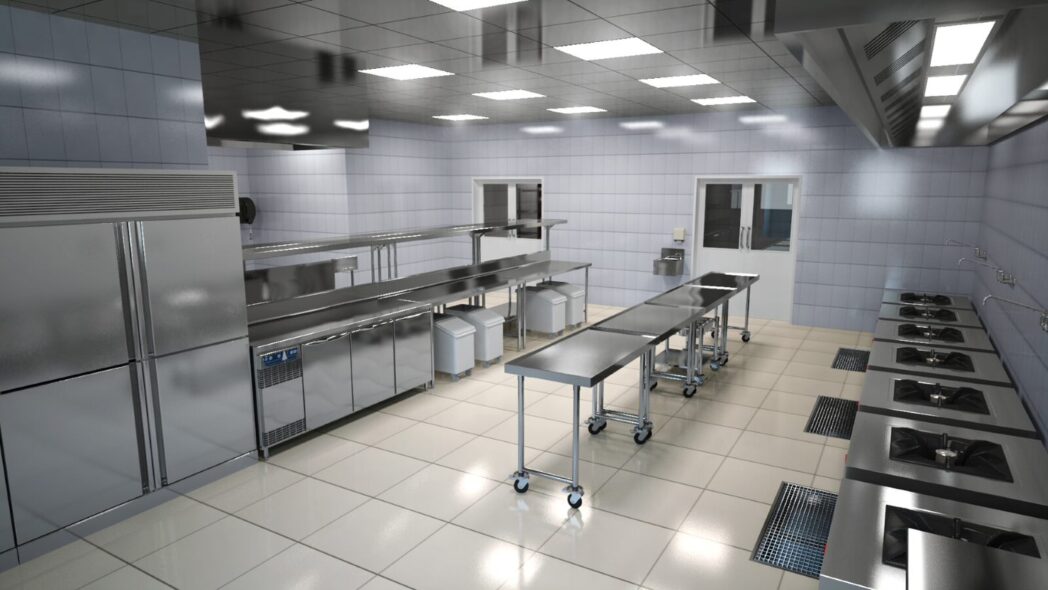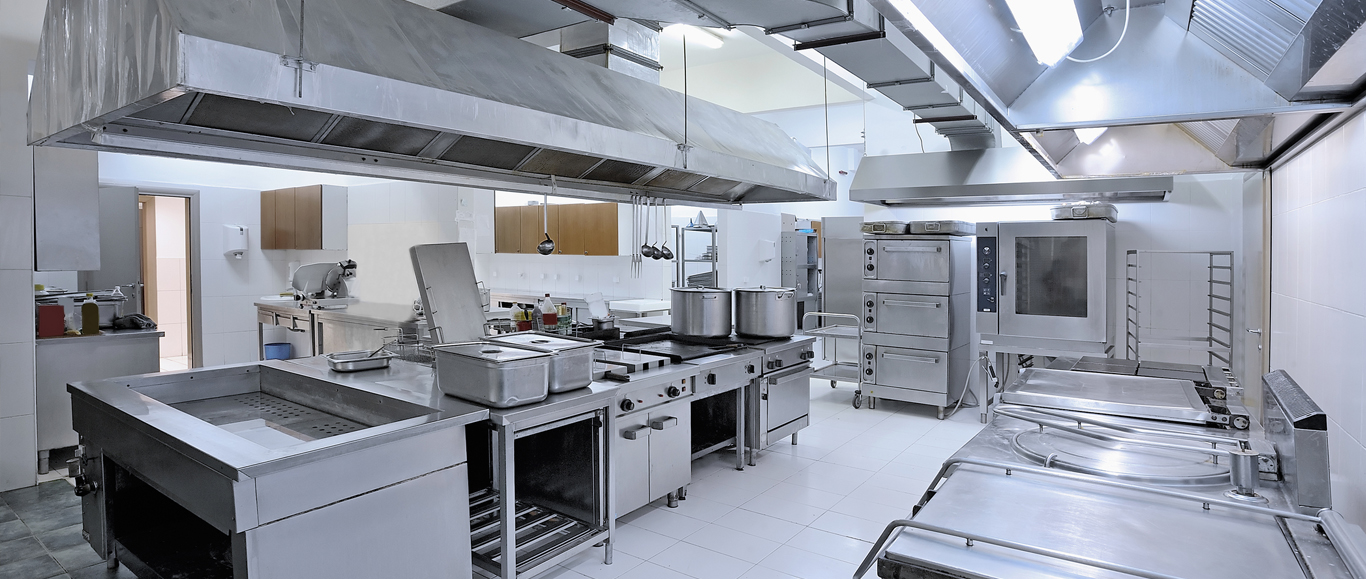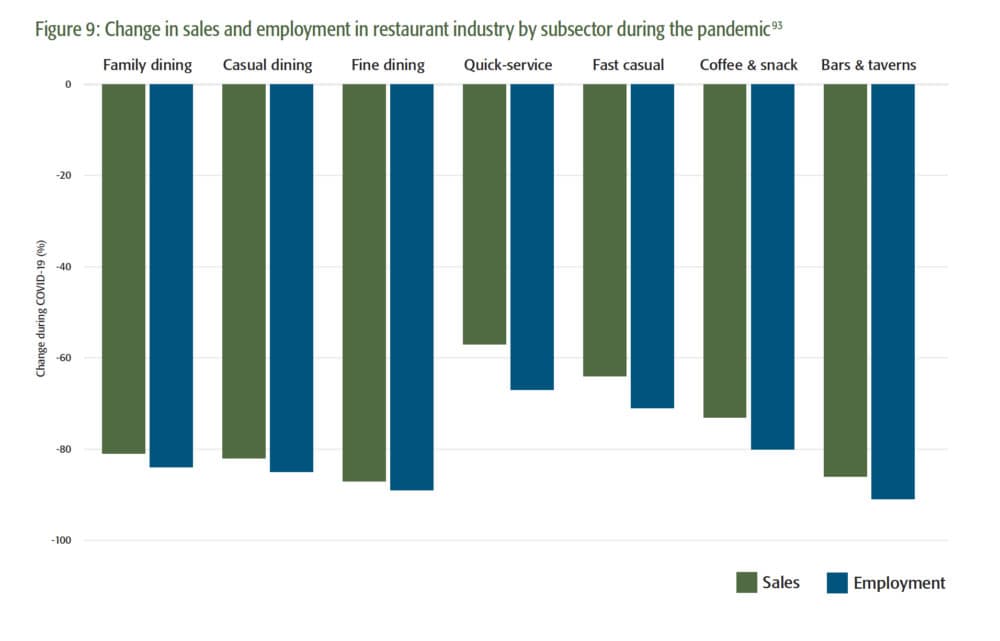The NFPA 96 is the most widely recognized standard for commercial kitchen design, specifically for ventilation control and fire protection. This standard outlines the requirements for exhaust hoods, ductwork, and fire suppression systems in commercial kitchens to ensure the safety of the building and its occupants. Complying with the NFPA 96 standard is not only essential for the safety of your commercial kitchen but also for meeting code requirements. Failure to meet these standards can result in fines and penalties, as well as potential damage to your property and the health and well-being of your staff and customers.1. National Fire Protection Association (NFPA) 96: Standard for Ventilation Control and Fire Protection of Commercial Cooking Operations
The FDA Food Code provides guidelines for food safety and sanitation in commercial kitchens. While not specifically focused on design standards, it is crucial for commercial kitchen designers to be familiar with the Food Code to ensure that their designs meet the necessary food safety requirements. Some key areas covered in the Food Code include proper food storage, preparation, and handling, as well as requirements for equipment and facilities. Following these guidelines can help prevent foodborne illnesses and maintain the overall cleanliness and hygiene of your commercial kitchen.2. Food and Drug Administration (FDA) Food Code
The ANSI Kitchen Ventilation Standards cover the design, construction, and installation of kitchen ventilation systems in commercial settings. These standards outline the minimum requirements for ventilation systems to ensure the removal of heat, grease, and other pollutants from the kitchen environment. Ventilation is crucial in a commercial kitchen to maintain air quality, prevent fire hazards, and comply with health and safety regulations. The ANSI standards provide guidelines for the size, location, and type of ventilation systems needed for different types of commercial kitchens.3. American National Standards Institute (ANSI) Kitchen Ventilation Standards
The ICC International Mechanical Code outlines the requirements for mechanical systems, including heating, ventilation, and air conditioning (HVAC), in commercial buildings. This code includes specific guidelines for ventilation systems in commercial kitchens, such as minimum air changes per hour and the types of materials that can be used in ductwork. Following the ICC International Mechanical Code ensures that your commercial kitchen's ventilation system is designed and installed properly, promoting a safe and healthy environment for your staff and customers.4. International Code Council (ICC) International Mechanical Code
OSHA has established a set of standards for the safe operation of commercial kitchens, with a focus on the health and safety of workers. These standards cover a wide range of areas, from proper handling of equipment and chemicals to the use of personal protective equipment (PPE) and emergency procedures. By complying with OSHA standards, you can protect your employees from potential hazards and maintain a safe working environment in your commercial kitchen.5. Occupational Safety and Health Administration (OSHA) Standards for Commercial Kitchens
The NSF develops and maintains standards for commercial kitchen equipment to ensure food safety, sanitation, and quality. These standards cover a wide range of equipment, from refrigerators and ice machines to cooking equipment and dishwashers. When choosing equipment for your commercial kitchen, it is essential to look for NSF certification to ensure that it meets these standards and is safe for use in a foodservice setting.6. National Sanitation Foundation (NSF) Standards for Commercial Kitchen Equipment
The ASHRAE standards provide guidelines for the design and performance of HVAC systems in commercial buildings, including commercial kitchens. These standards cover the design and installation of ventilation systems, as well as energy efficiency and indoor air quality considerations. By following the ASHRAE standards, you can ensure that your commercial kitchen's ventilation system is designed to be energy-efficient and provide a comfortable and healthy environment for your staff and customers.7. American Society of Heating, Refrigerating and Air-Conditioning Engineers (ASHRAE) Standards for Commercial Kitchen Ventilation
The UL standards cover the safety and performance of a wide range of products, including commercial kitchen equipment. This certification ensures that the equipment has been tested and meets safety and performance standards set by UL. When selecting equipment for your commercial kitchen, look for the UL mark to ensure that it has been certified for safe use in a foodservice setting.8. Underwriters Laboratories (UL) Standards for Commercial Kitchen Equipment
The KVCCO standards were developed by a group of industry professionals to provide guidance on the design and installation of ventilation systems for commercial cooking operations. These standards cover the design, construction, and performance of exhaust hoods, ductwork, and fire suppression systems. Following the KVCCO standards can help ensure that your commercial kitchen's ventilation system is designed and installed properly to meet code requirements and promote a safe and efficient cooking environment.9. Kitchen Ventilation for Commercial Cooking Operations (KVCCO) Standards
The National Restaurant Association (NRA) has developed a set of guidelines for the design and construction of commercial kitchens. These guidelines cover a wide range of areas, including layout and flow, equipment selection, and energy efficiency. While not a set of standards, these guidelines provide valuable insights for commercial kitchen designers and operators to ensure that their kitchens are designed for maximum efficiency, safety, and functionality. In conclusion, complying with these 10 main commercial kitchen design standards is essential for the safety, efficiency, and success of your commercial kitchen. By following these standards, you can ensure that your kitchen meets code requirements, promotes a safe working environment, and provides a pleasant dining experience for your customers.10. Commercial Kitchen Design and Construction Guidelines from the National Restaurant Association
Why Commercial Kitchen Design Standards are Essential for Your Business

The Importance of Commercial Kitchen Design
 Commercial kitchens
are the backbone of many businesses in the food industry, from restaurants to catering companies to cafeterias. As such, the design and layout of a commercial kitchen are crucial to the success and efficiency of these businesses. Not only does
commercial kitchen design
affect the overall flow and functionality of the space, but it also plays a significant role in meeting
health and safety standards
and
maximizing productivity
. This is why it is essential to have a solid understanding of
commercial kitchen design standards
and their importance in creating a successful business.
Commercial kitchens
are the backbone of many businesses in the food industry, from restaurants to catering companies to cafeterias. As such, the design and layout of a commercial kitchen are crucial to the success and efficiency of these businesses. Not only does
commercial kitchen design
affect the overall flow and functionality of the space, but it also plays a significant role in meeting
health and safety standards
and
maximizing productivity
. This is why it is essential to have a solid understanding of
commercial kitchen design standards
and their importance in creating a successful business.
Ensuring Health and Safety Compliance
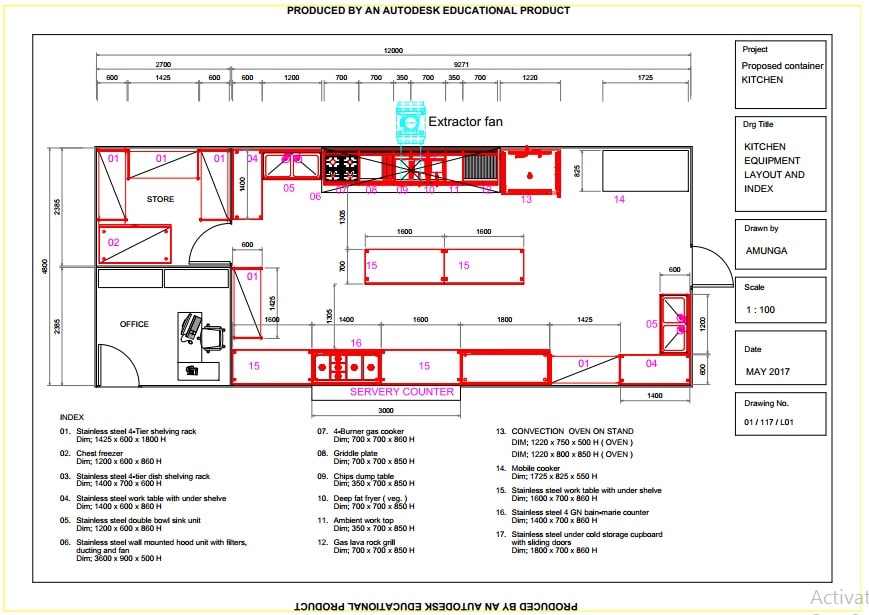 One of the main reasons why
commercial kitchen design standards
are crucial is to ensure compliance with
health and safety regulations
. Commercial kitchens are subject to strict guidelines and requirements, and failure to comply can result in serious consequences, such as fines, shutdowns, and even legal action. By following
commercial kitchen design standards
, you can ensure that your kitchen is equipped with the necessary
ventilation systems
,
safety equipment
, and
proper spacing
to prevent hazards and maintain a safe working environment for your employees.
One of the main reasons why
commercial kitchen design standards
are crucial is to ensure compliance with
health and safety regulations
. Commercial kitchens are subject to strict guidelines and requirements, and failure to comply can result in serious consequences, such as fines, shutdowns, and even legal action. By following
commercial kitchen design standards
, you can ensure that your kitchen is equipped with the necessary
ventilation systems
,
safety equipment
, and
proper spacing
to prevent hazards and maintain a safe working environment for your employees.
Optimizing Efficiency and Productivity
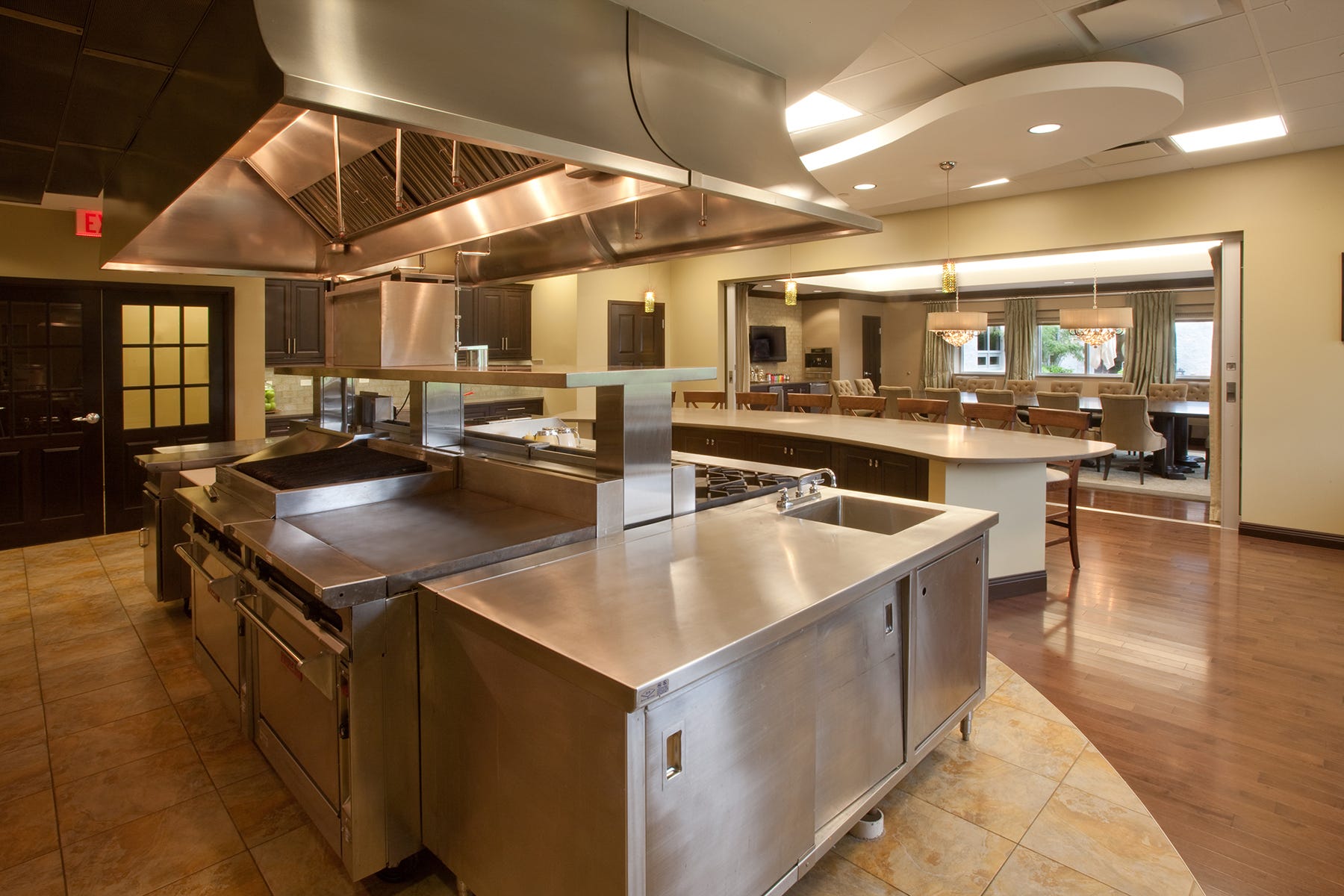 Another significant benefit of adhering to
commercial kitchen design standards
is the potential to
maximize efficiency and productivity
. A well-designed commercial kitchen can greatly improve the flow of operations, making it easier for staff to move around and complete tasks. This can lead to
faster service times
and
higher customer satisfaction
, which can ultimately contribute to the success of your business. Additionally,
properly designed storage areas
and
equipment placement
can also save time and effort, allowing employees to focus on other essential tasks.
Another significant benefit of adhering to
commercial kitchen design standards
is the potential to
maximize efficiency and productivity
. A well-designed commercial kitchen can greatly improve the flow of operations, making it easier for staff to move around and complete tasks. This can lead to
faster service times
and
higher customer satisfaction
, which can ultimately contribute to the success of your business. Additionally,
properly designed storage areas
and
equipment placement
can also save time and effort, allowing employees to focus on other essential tasks.
Conclusion
 In conclusion,
commercial kitchen design standards
are crucial for creating a successful and efficient business in the food industry. By following these standards, you can ensure compliance with health and safety regulations and maximize productivity, ultimately contributing to the success of your business. It is essential to consult with professionals and stay up-to-date with the latest standards to create a functional and safe commercial kitchen that meets the needs of your business.
In conclusion,
commercial kitchen design standards
are crucial for creating a successful and efficient business in the food industry. By following these standards, you can ensure compliance with health and safety regulations and maximize productivity, ultimately contributing to the success of your business. It is essential to consult with professionals and stay up-to-date with the latest standards to create a functional and safe commercial kitchen that meets the needs of your business.
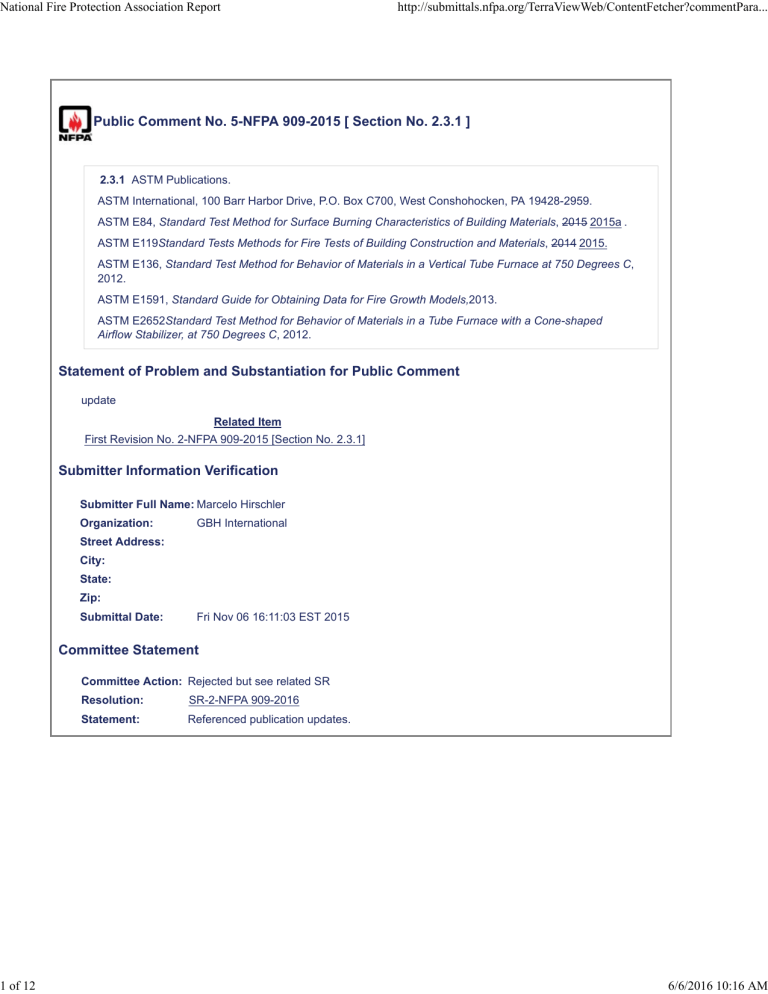

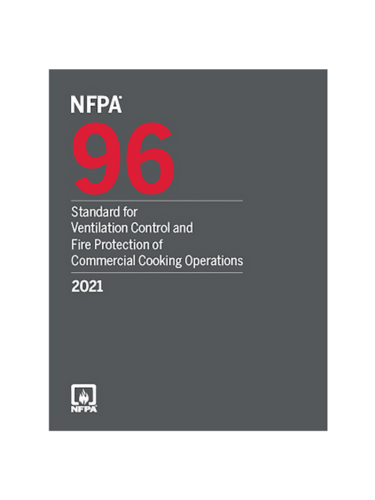



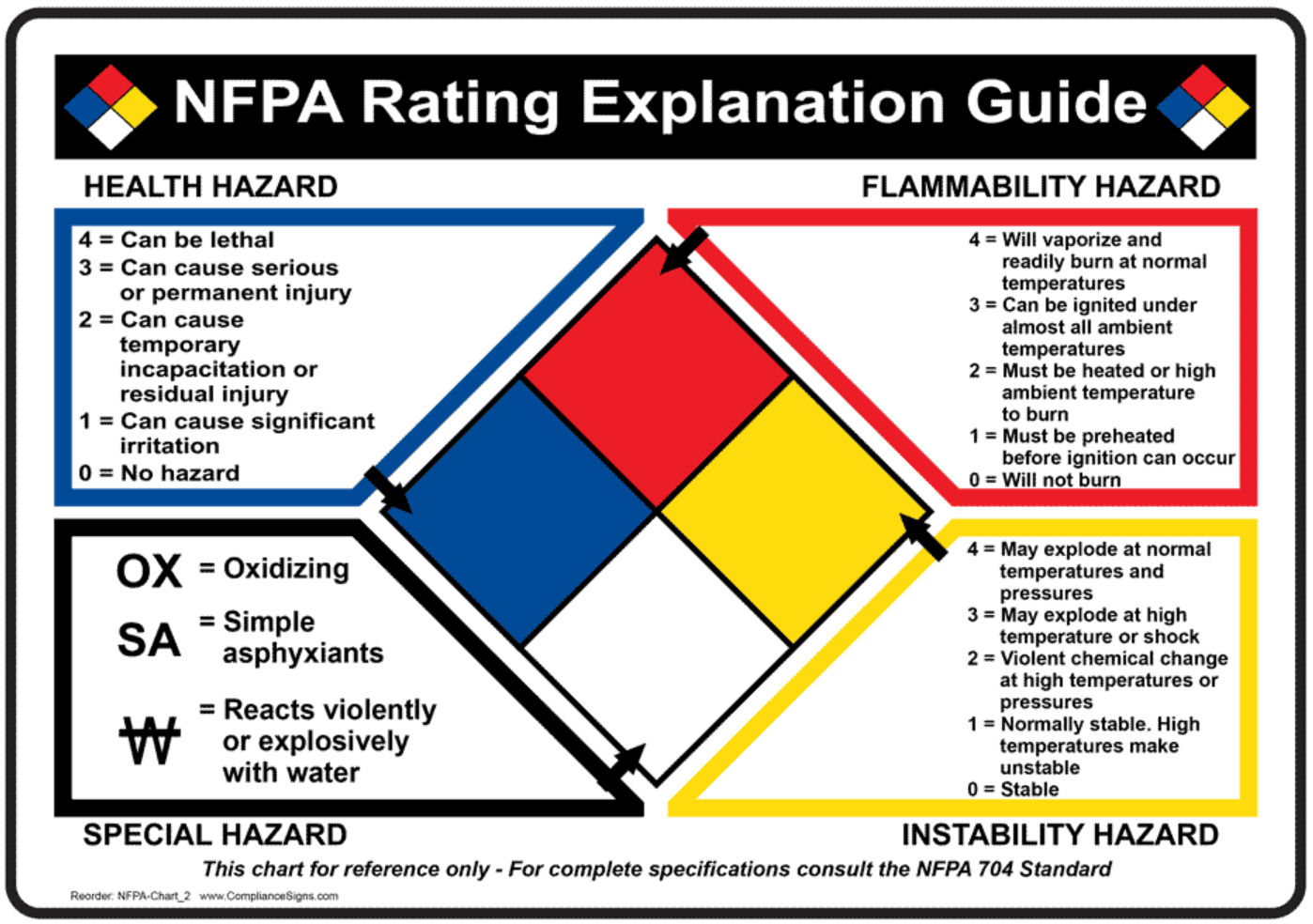
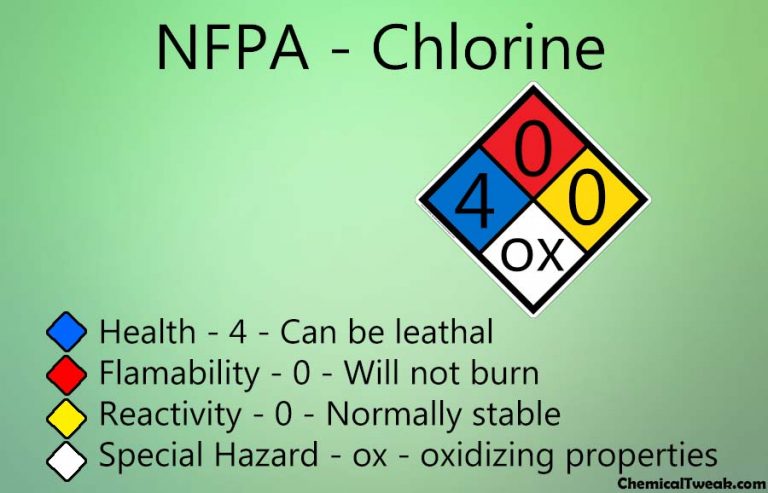
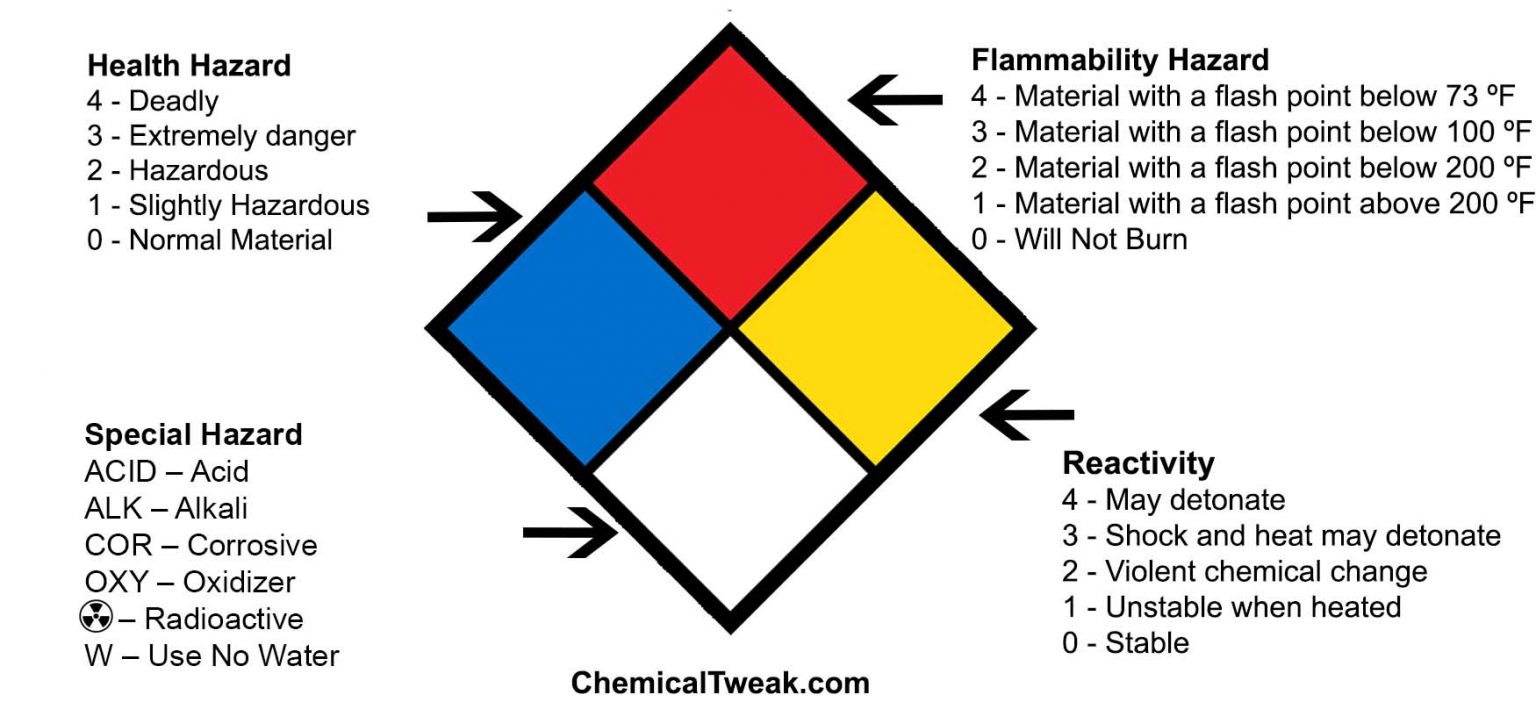


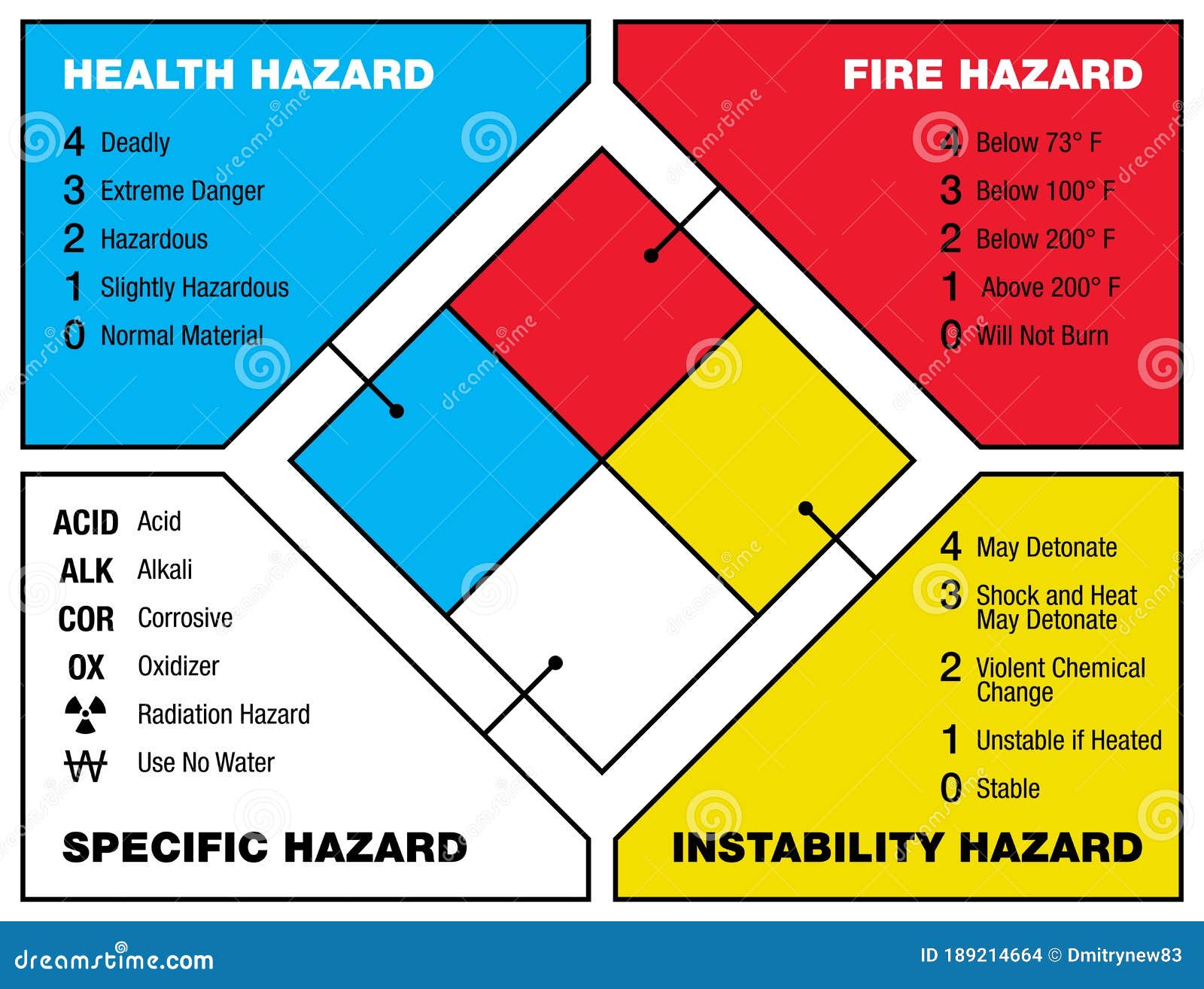




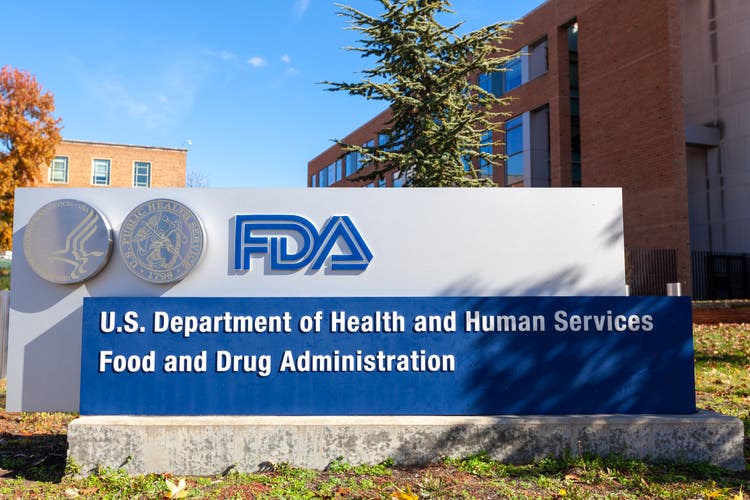

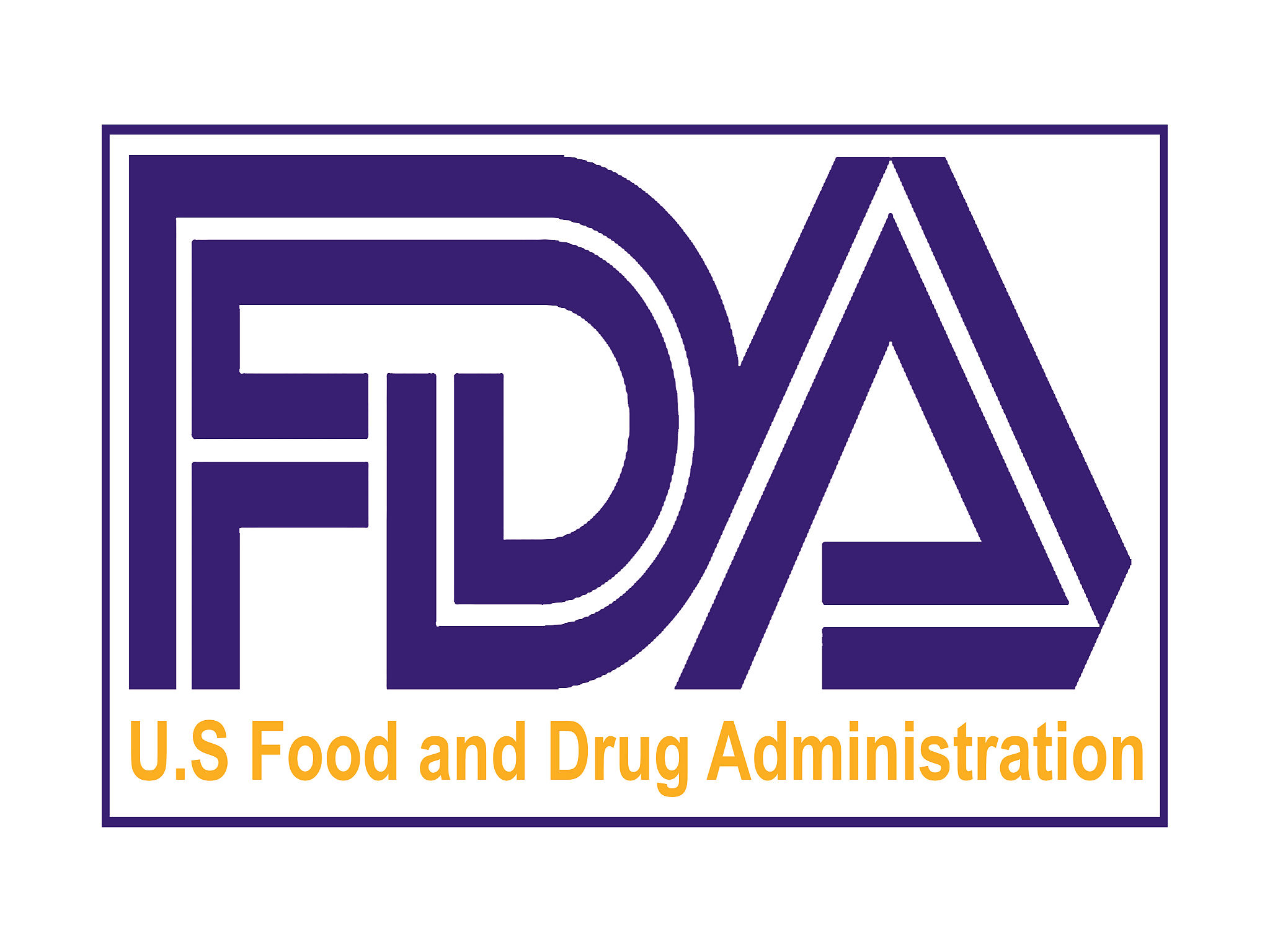
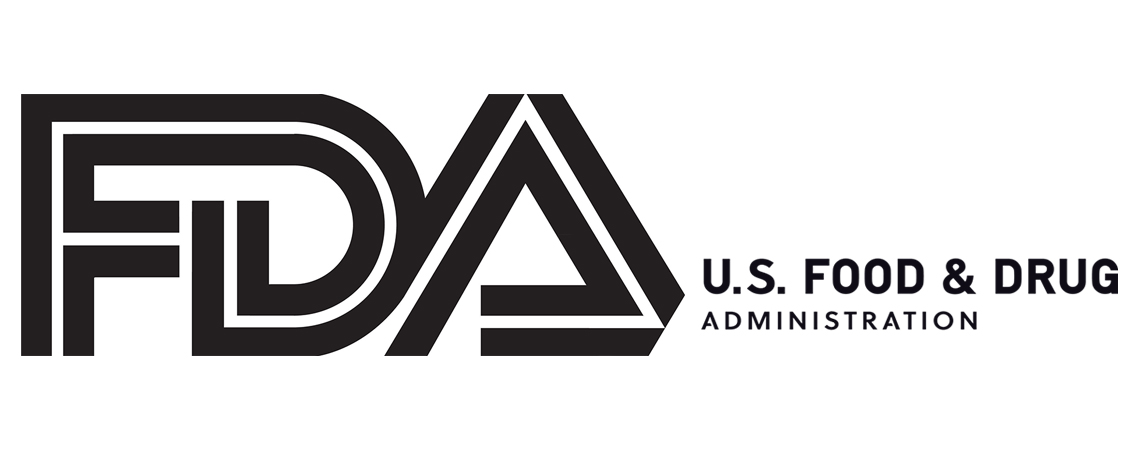
:max_bytes(150000):strip_icc()/GettyImages-1188568920-056f66c163fc46a19d817eef55d14933.jpg)



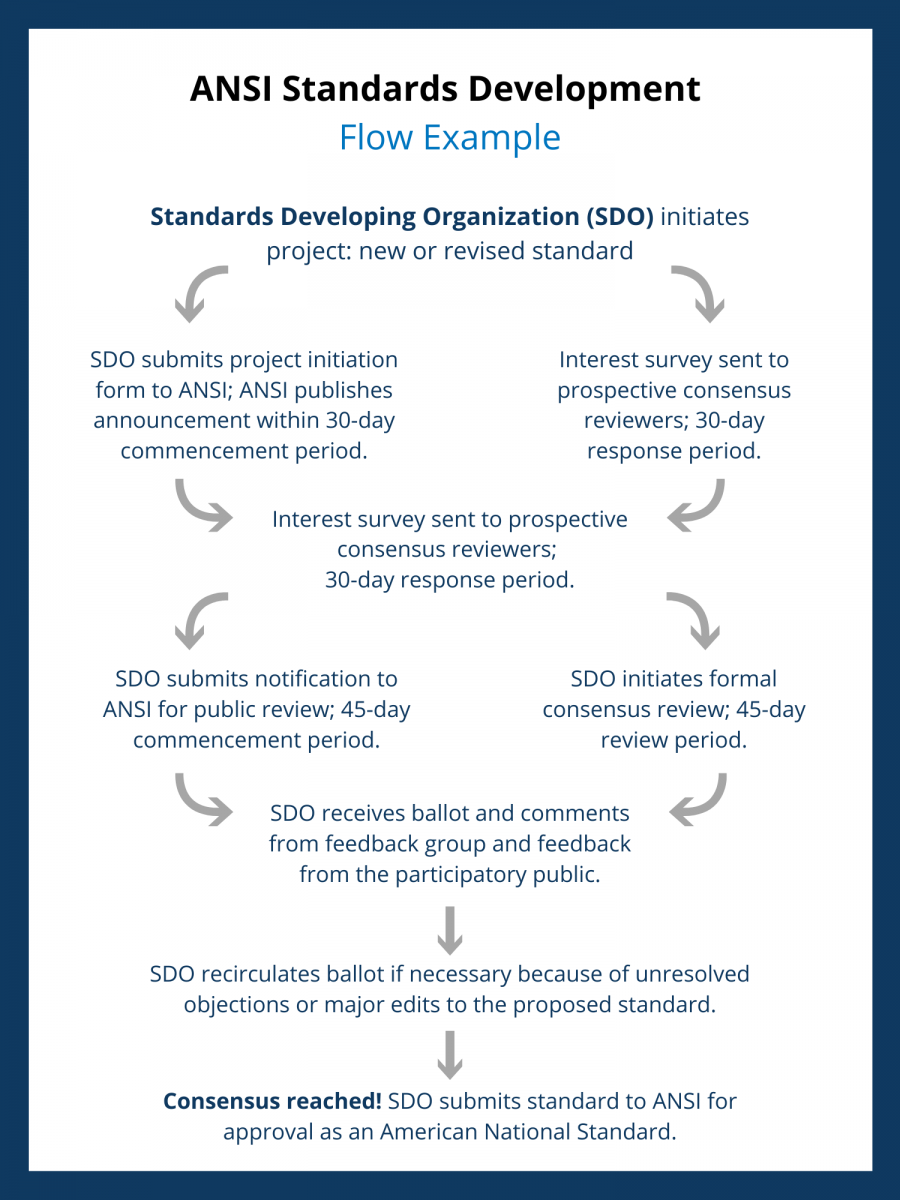
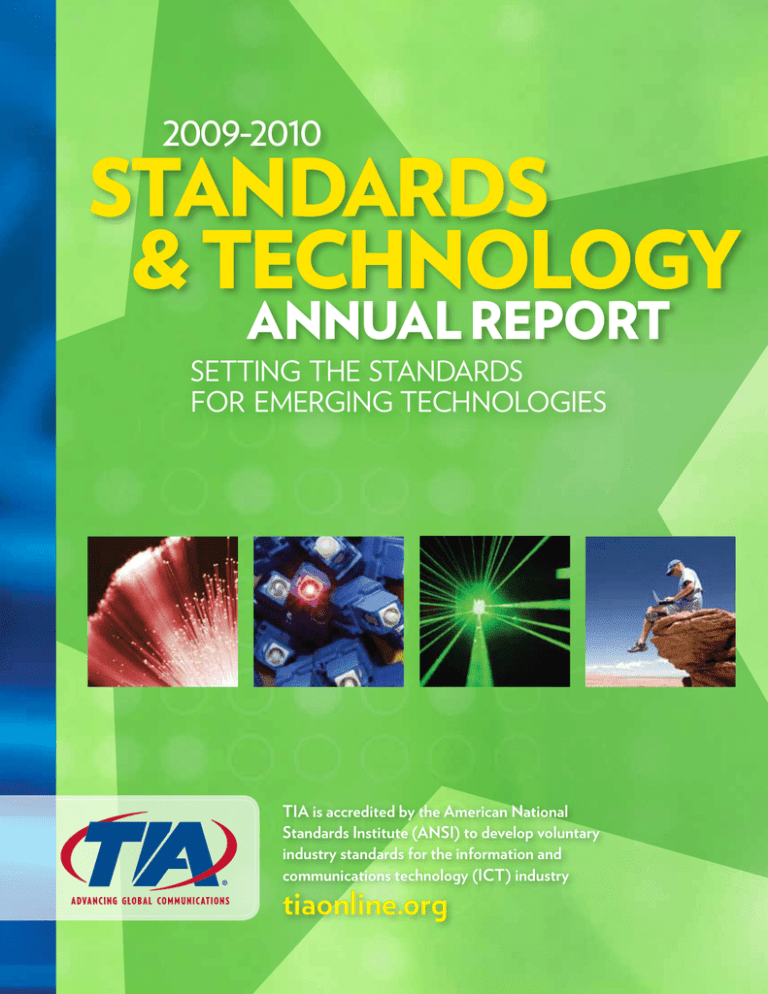

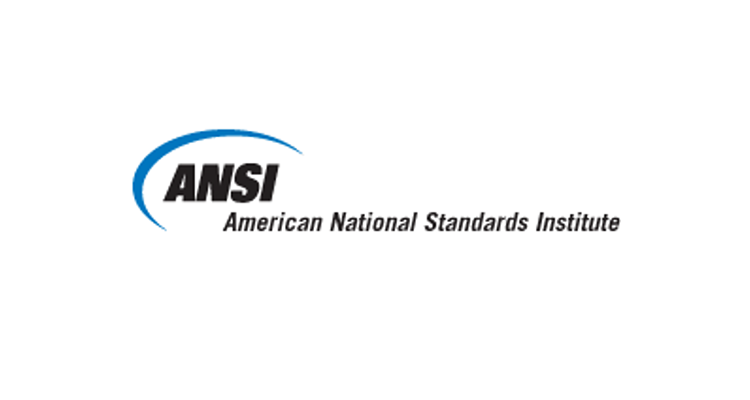
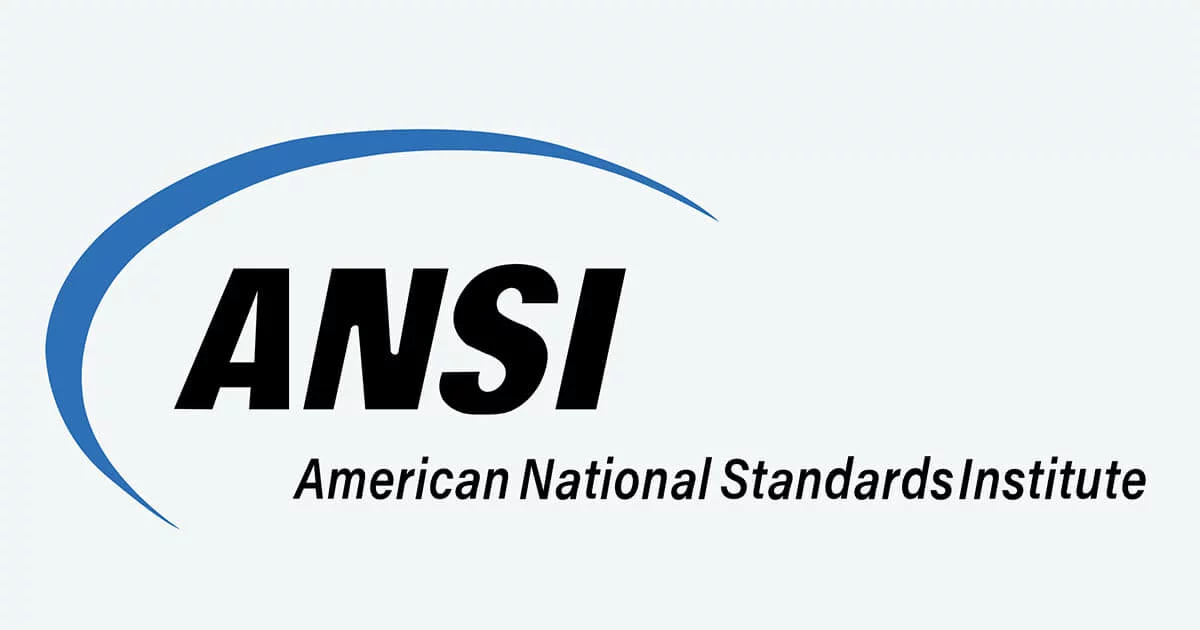



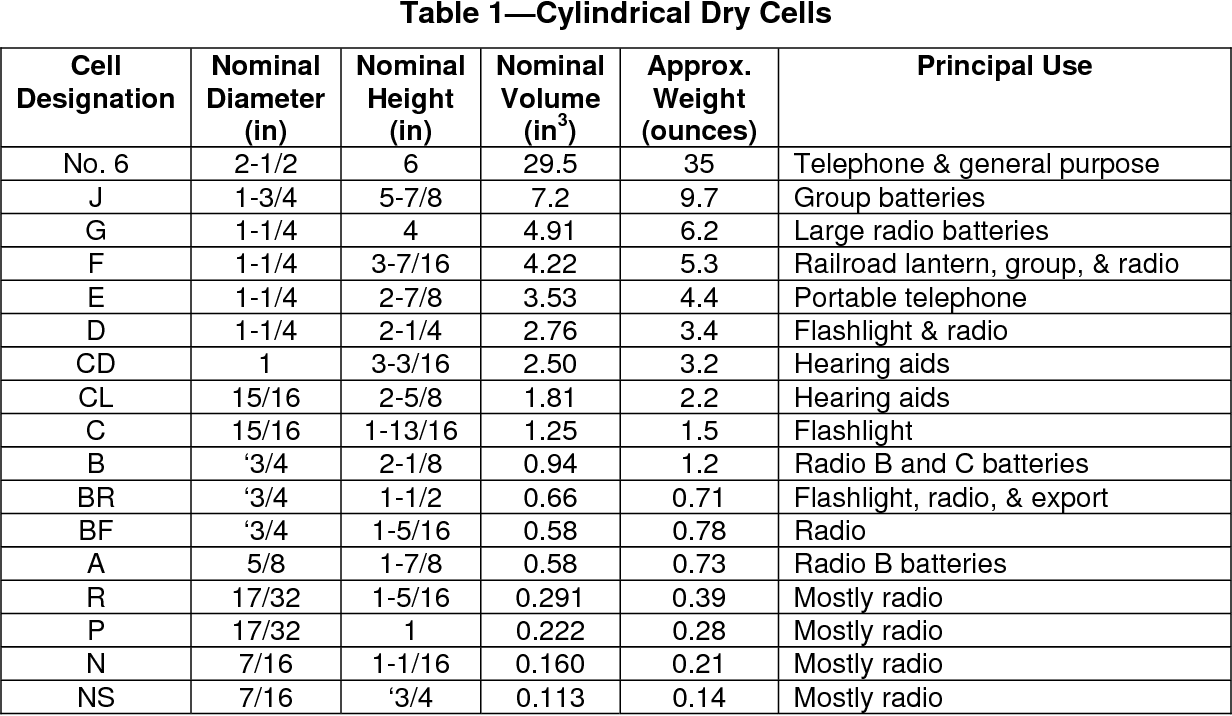

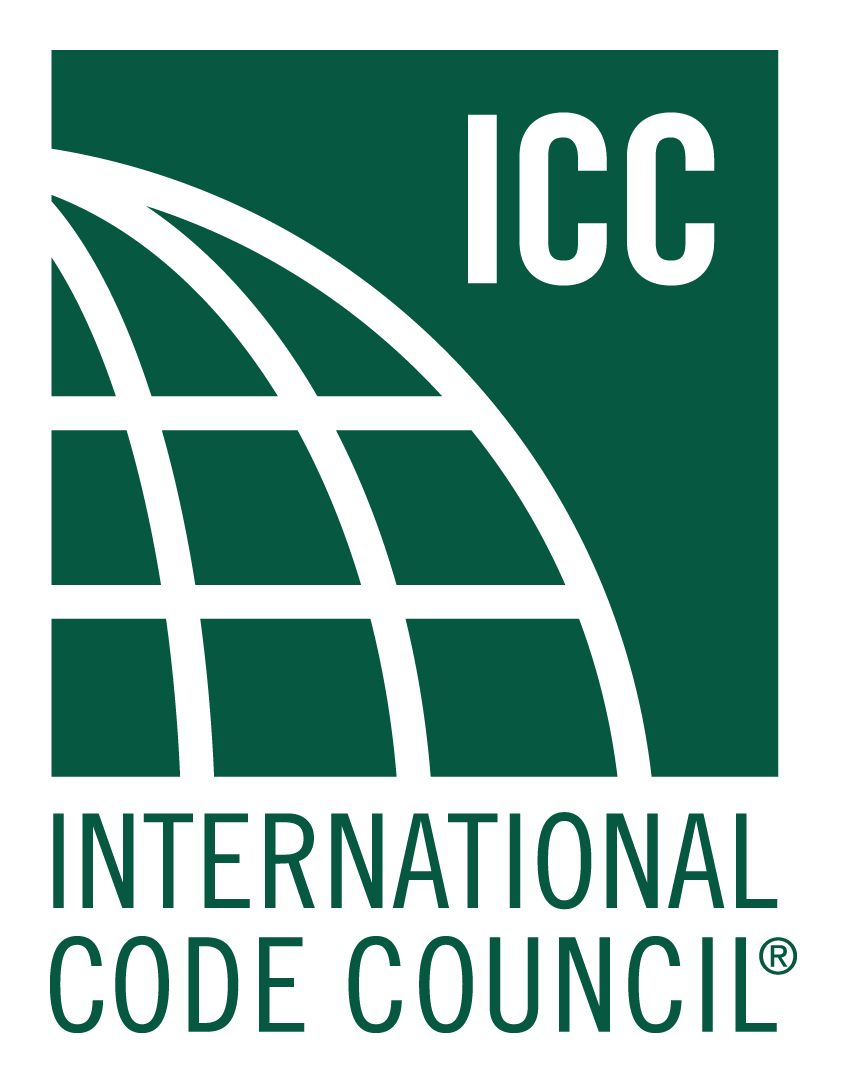


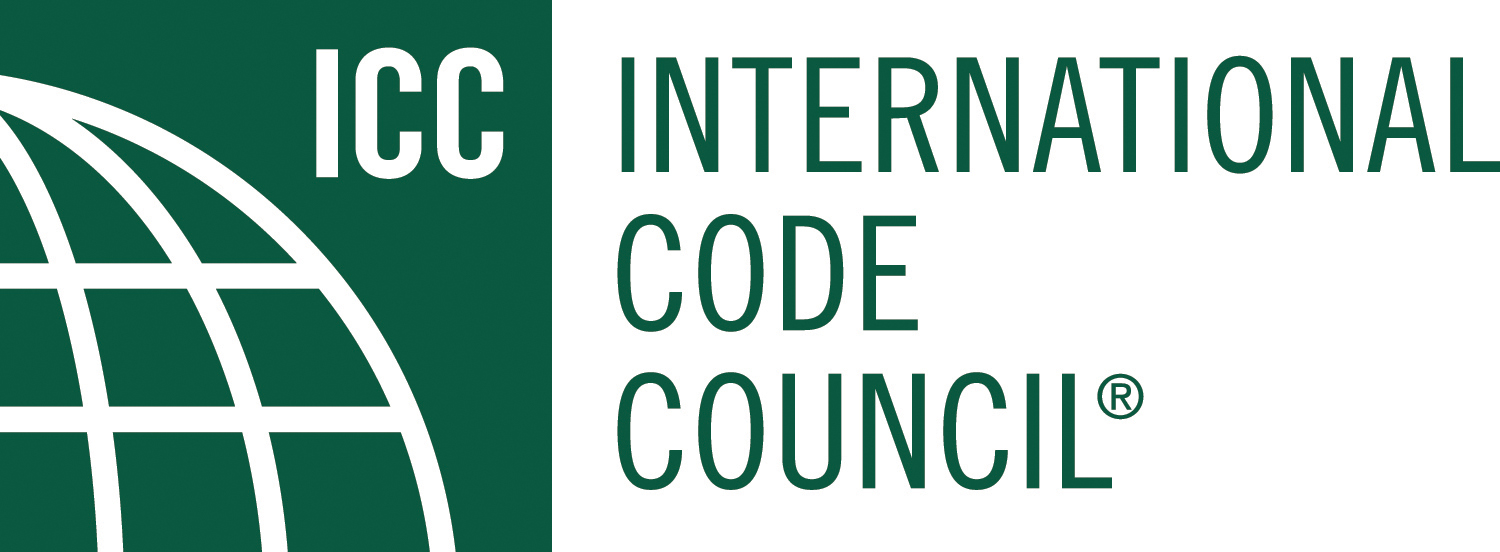


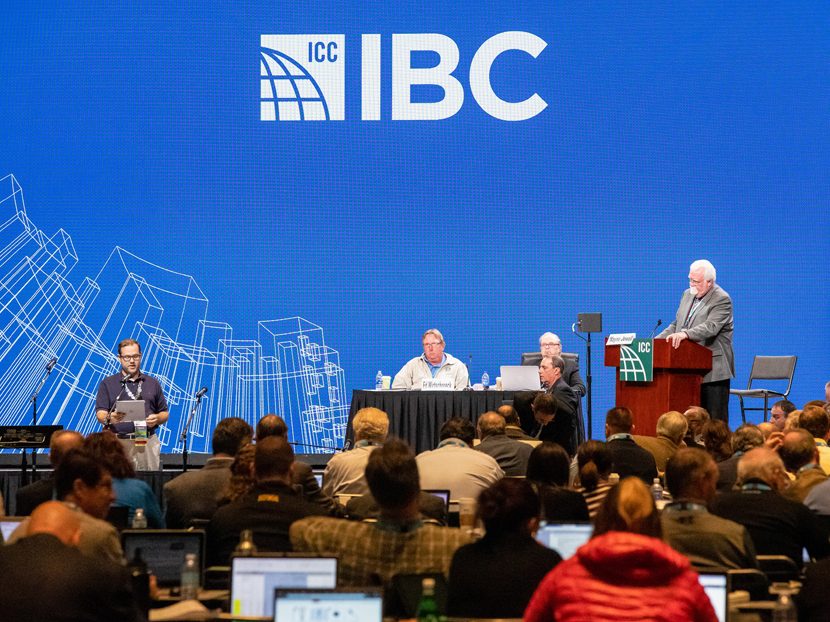






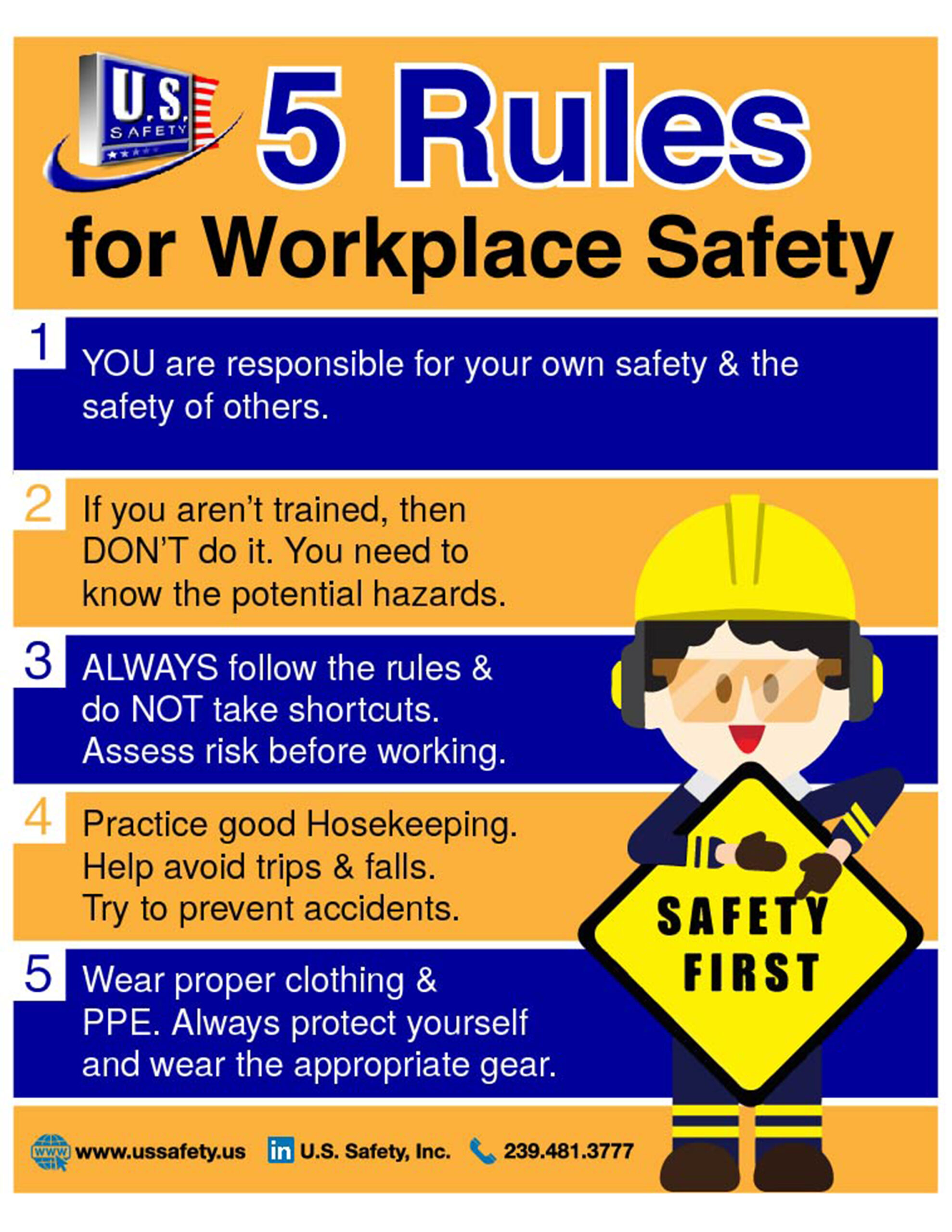

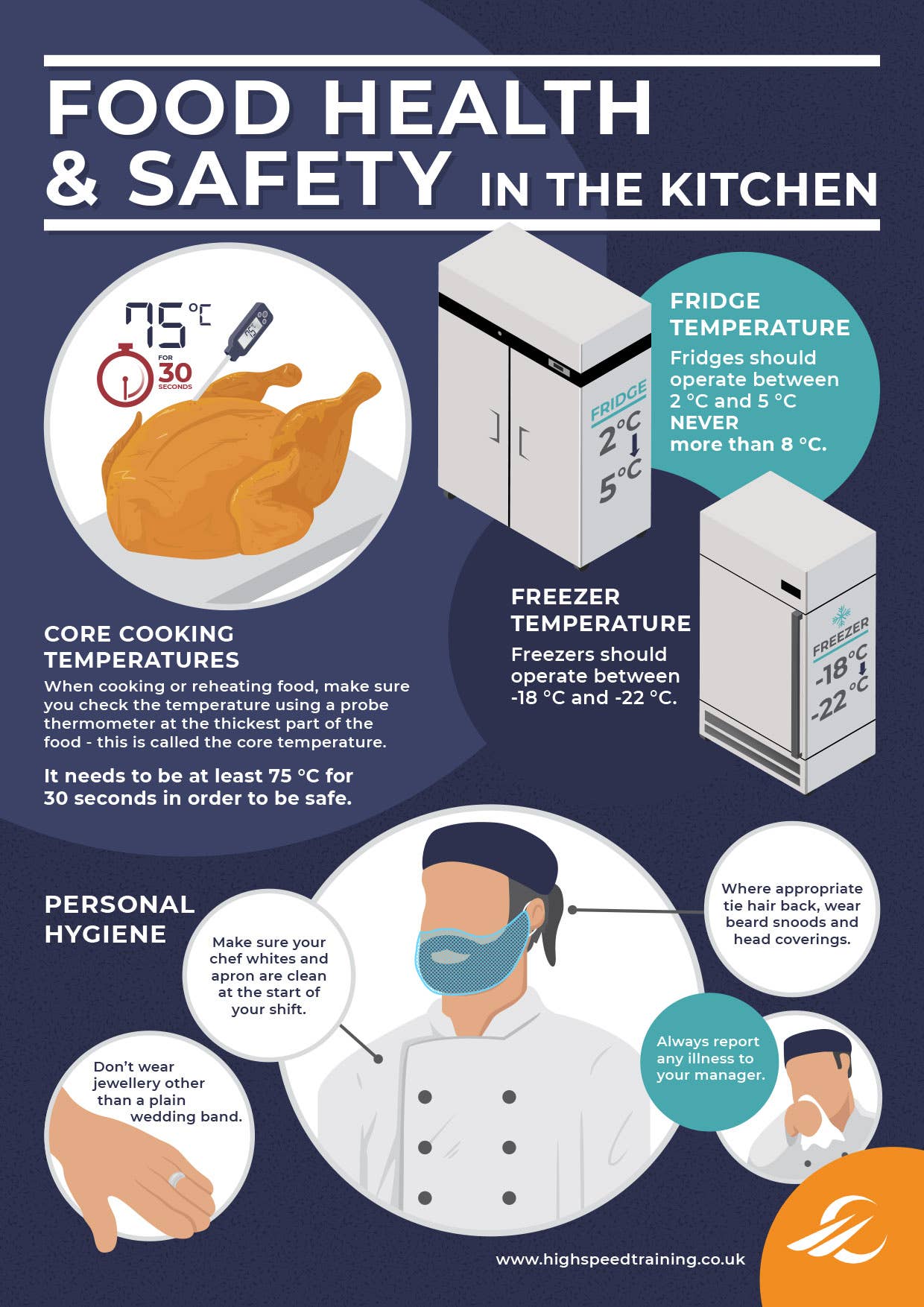
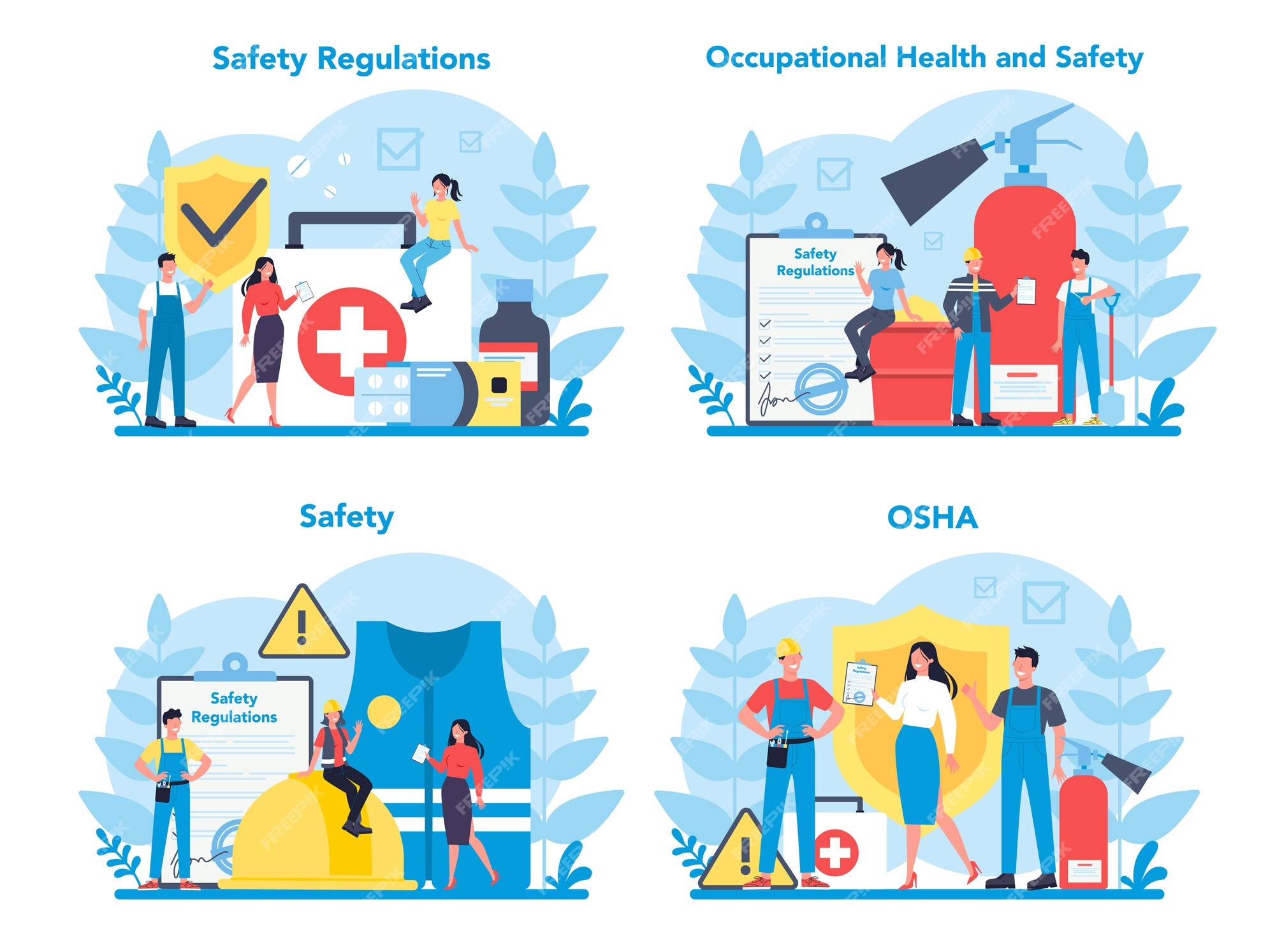
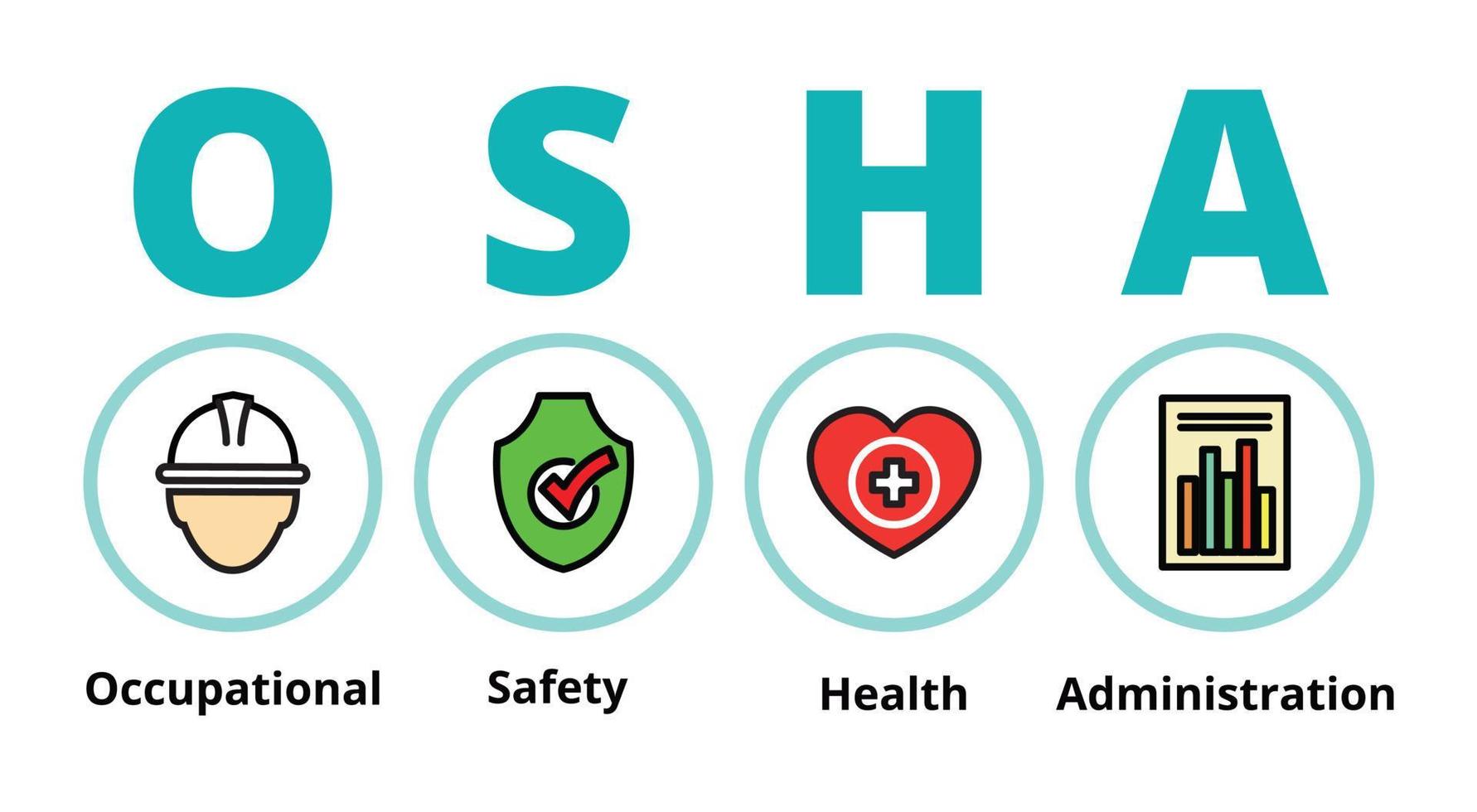
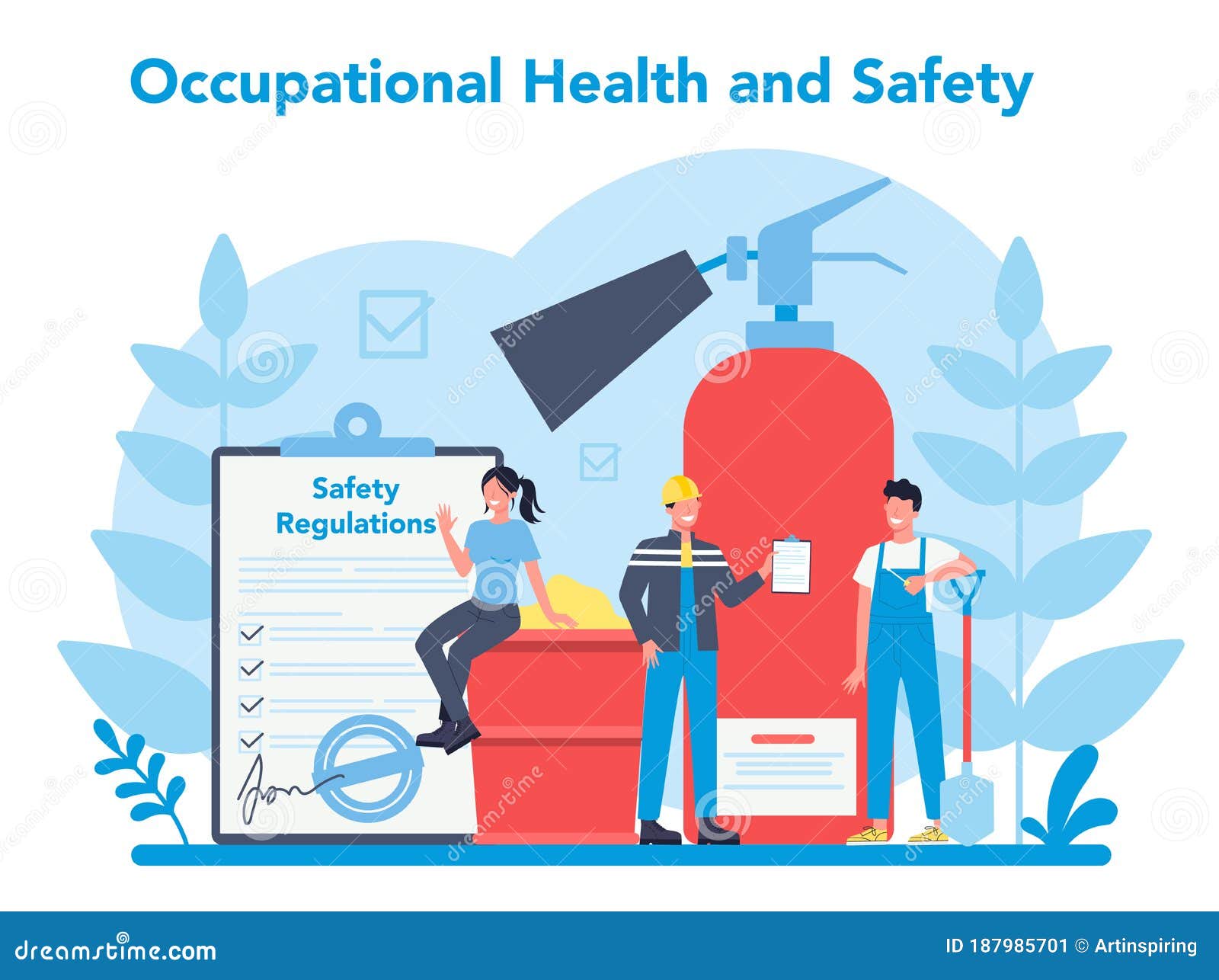
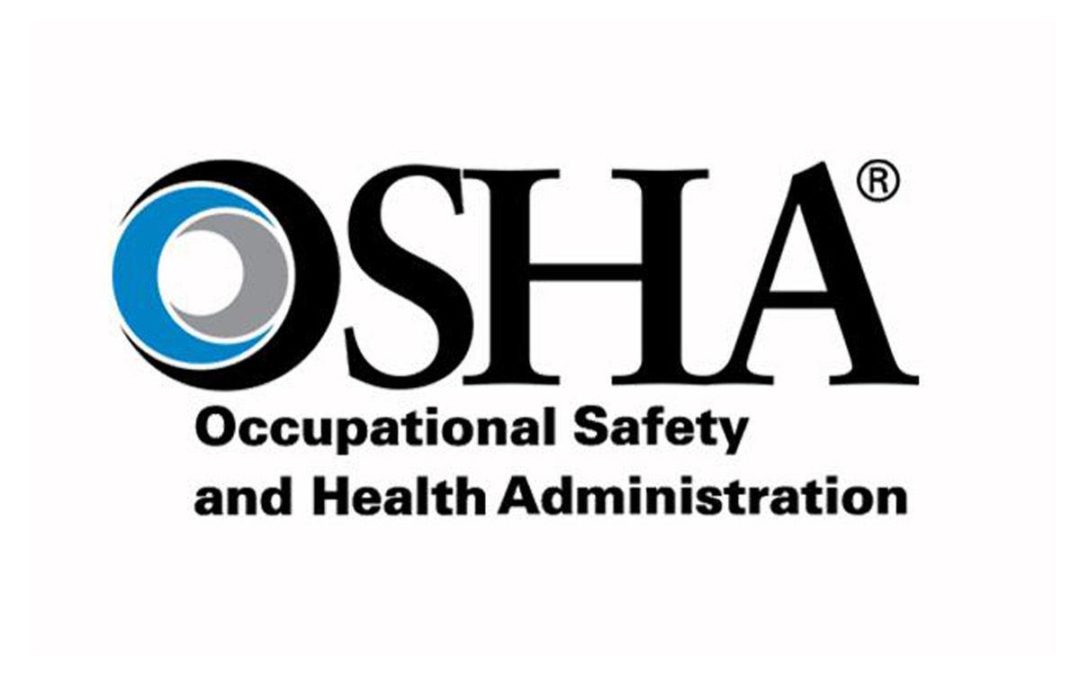
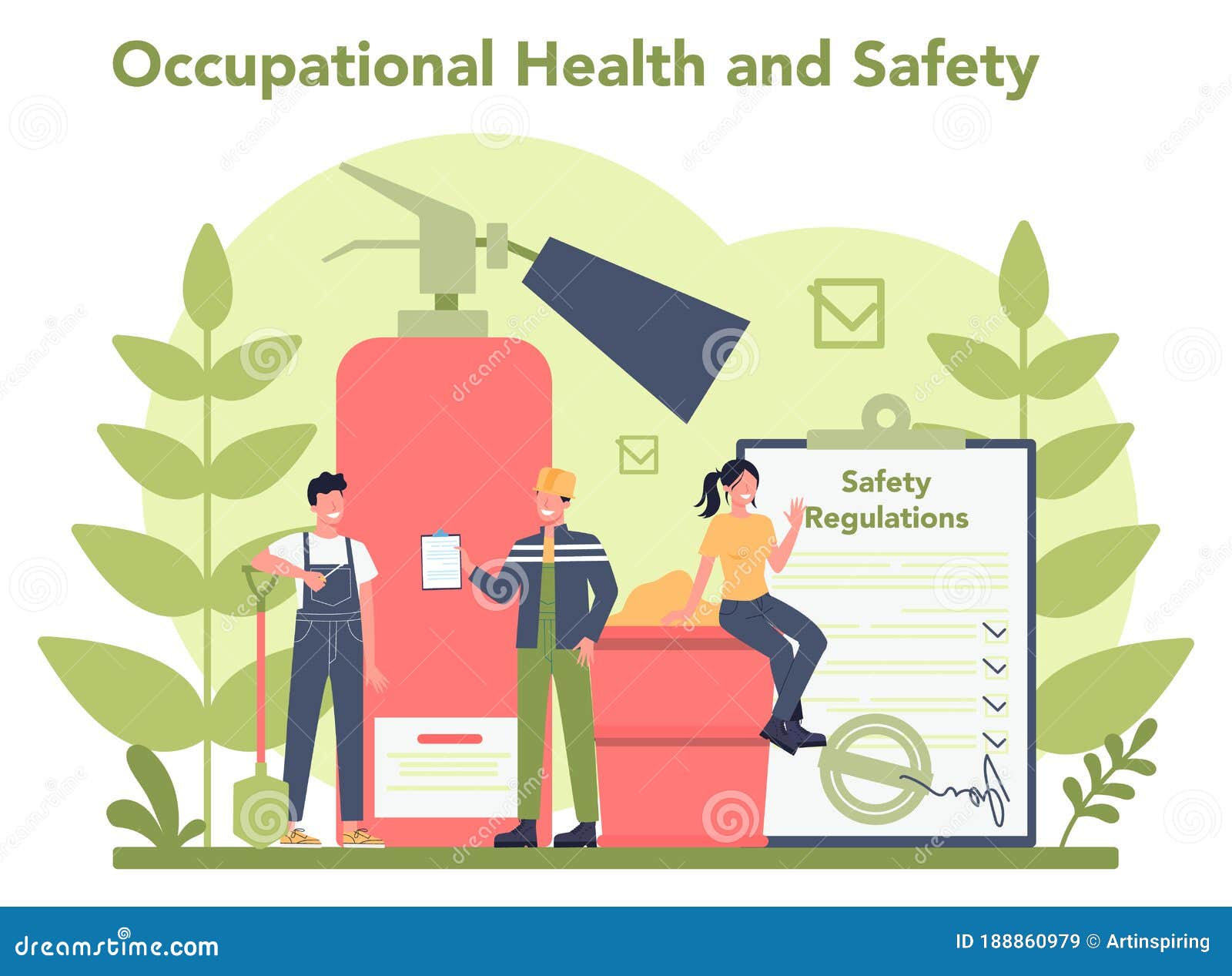
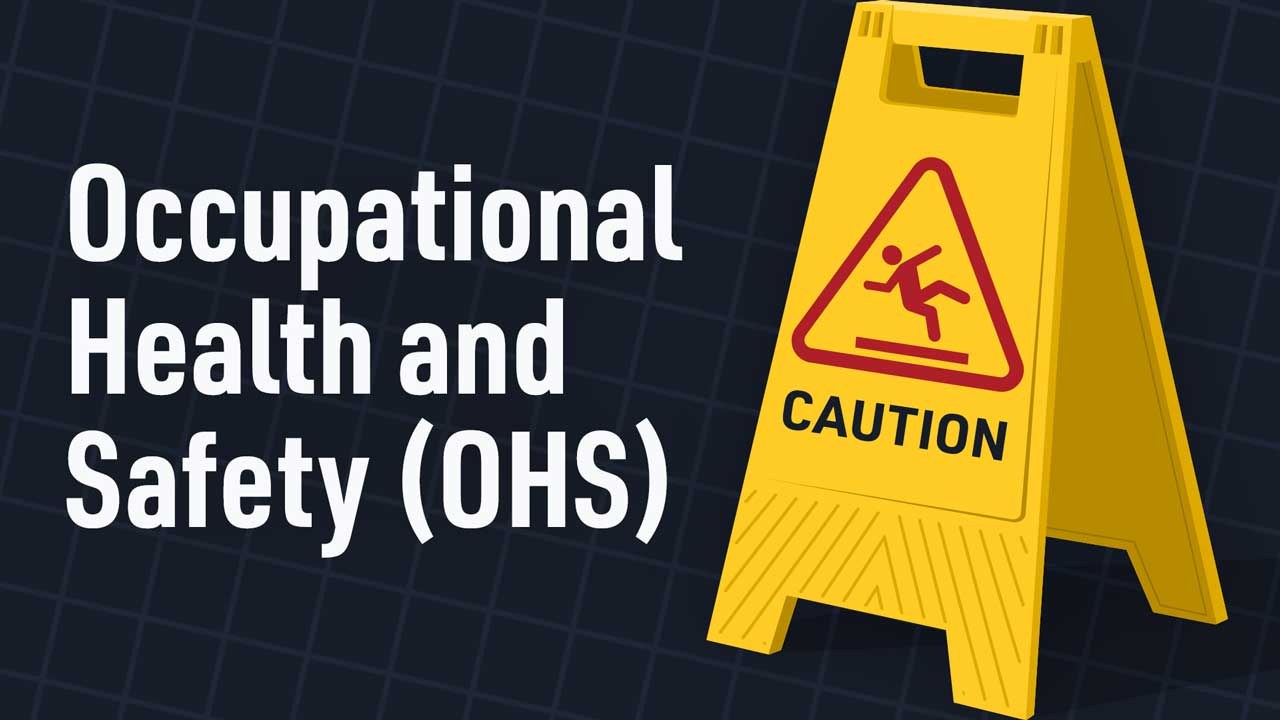





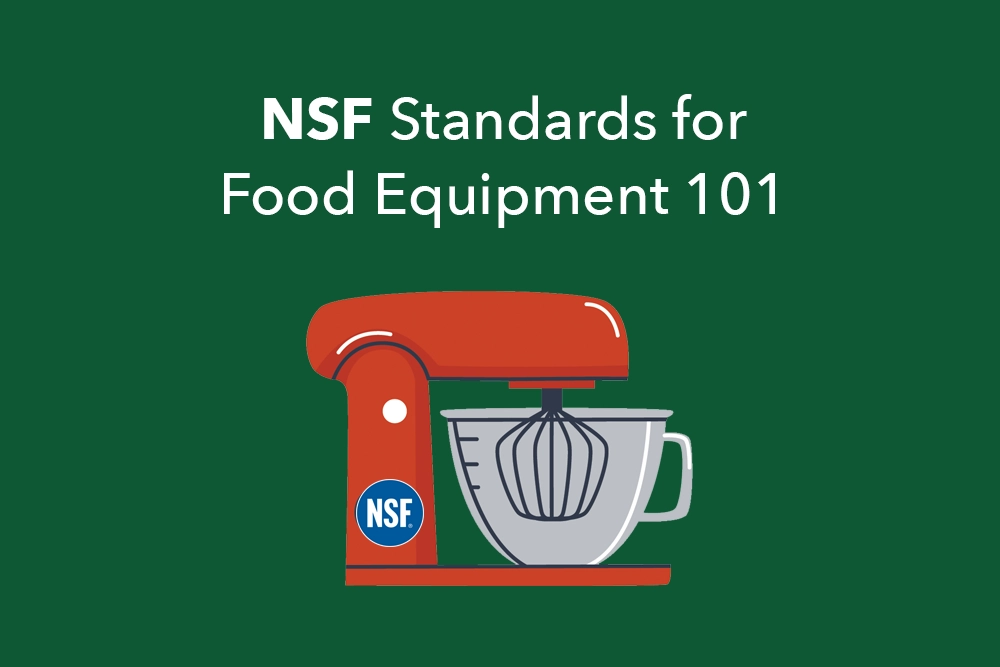




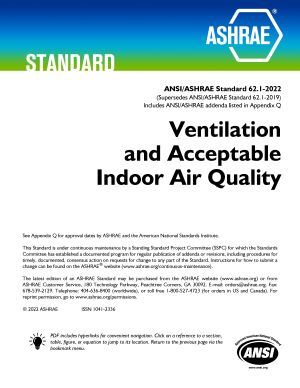


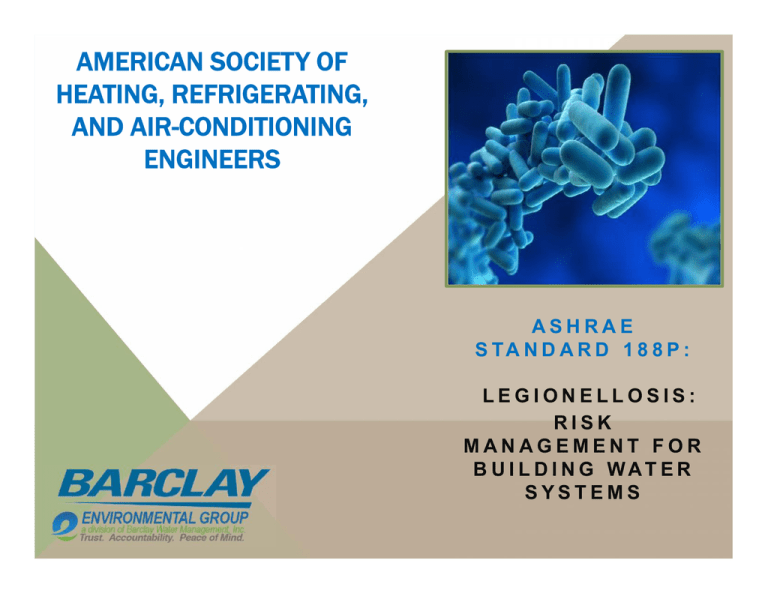
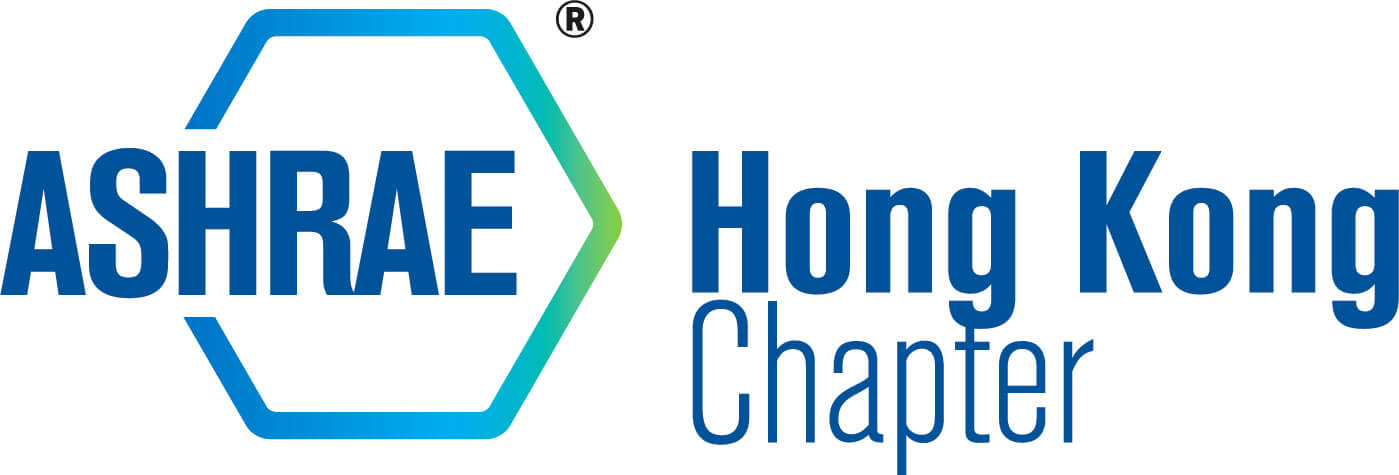



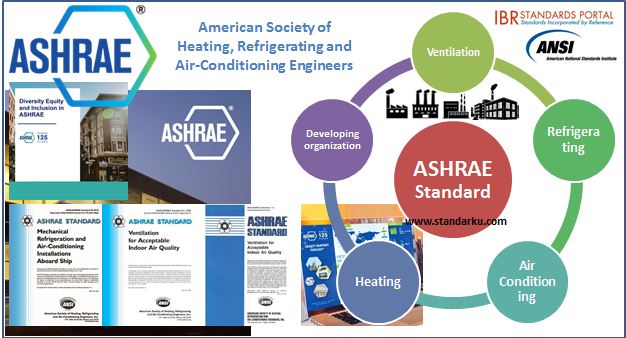






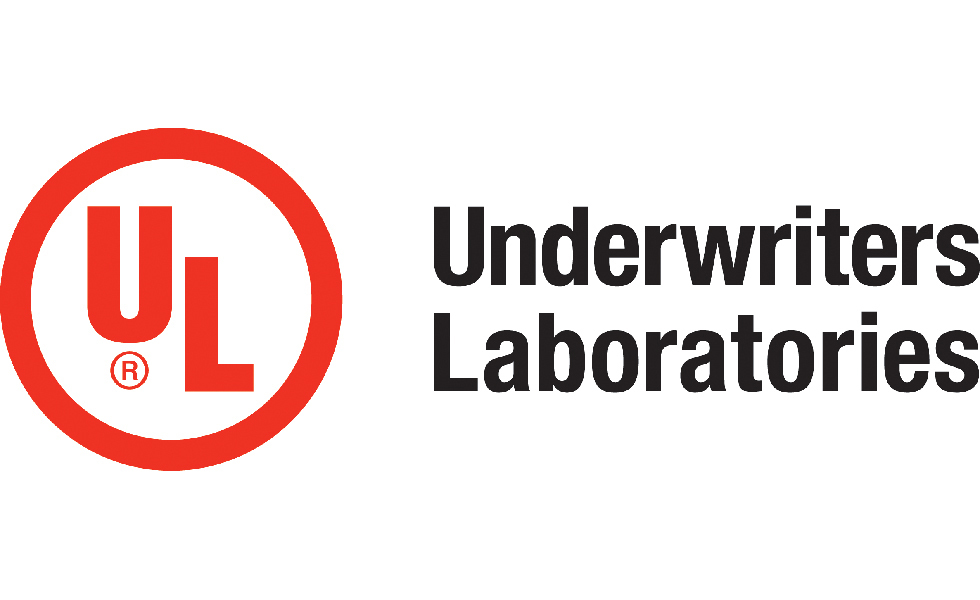



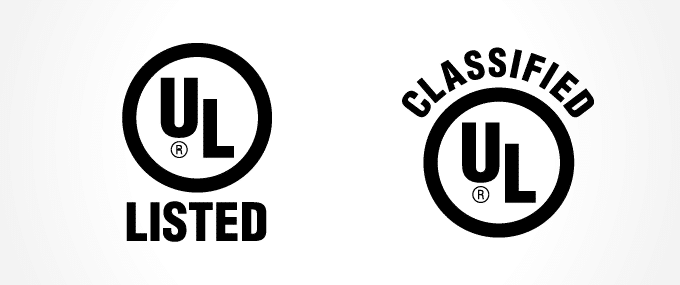




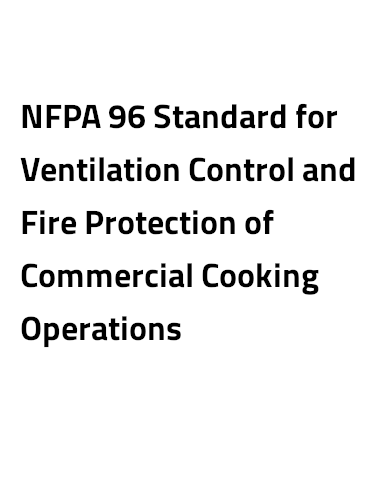

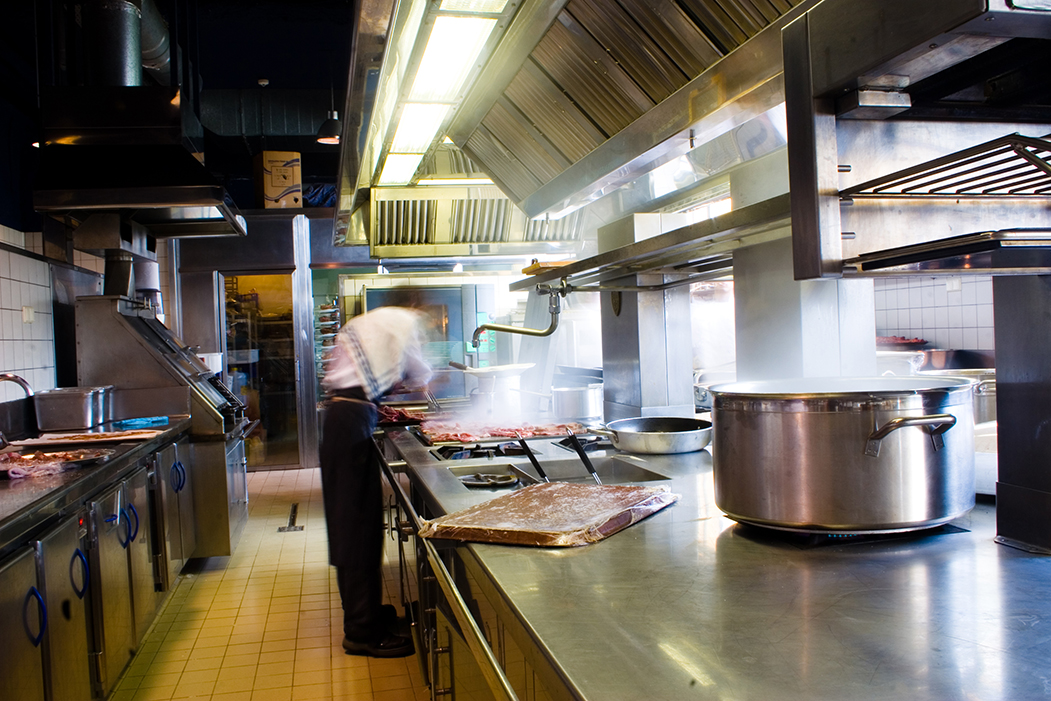

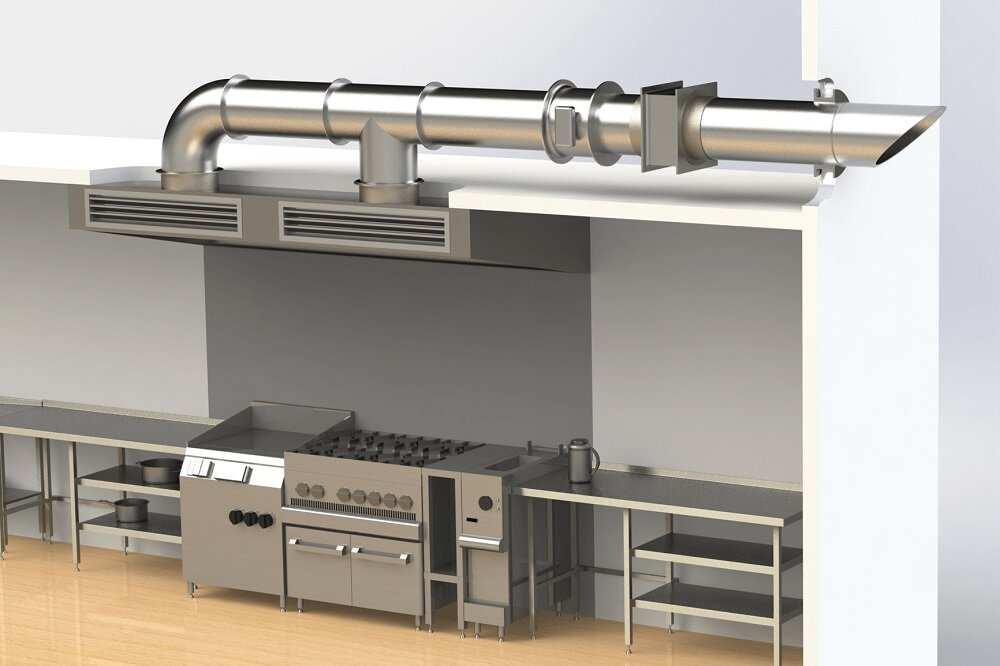
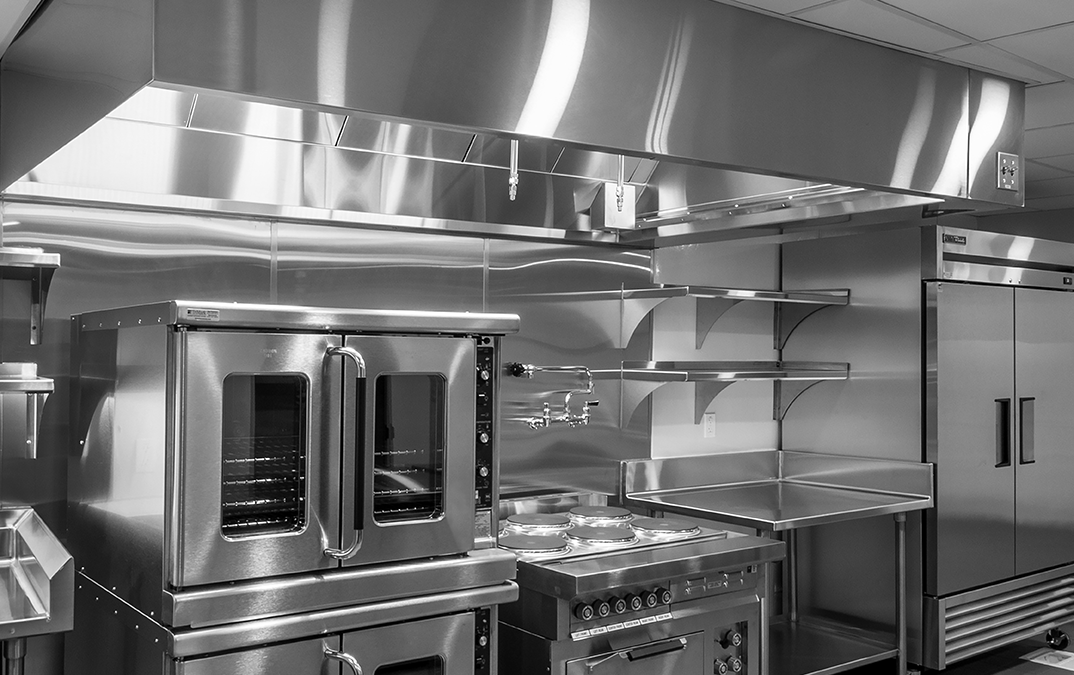

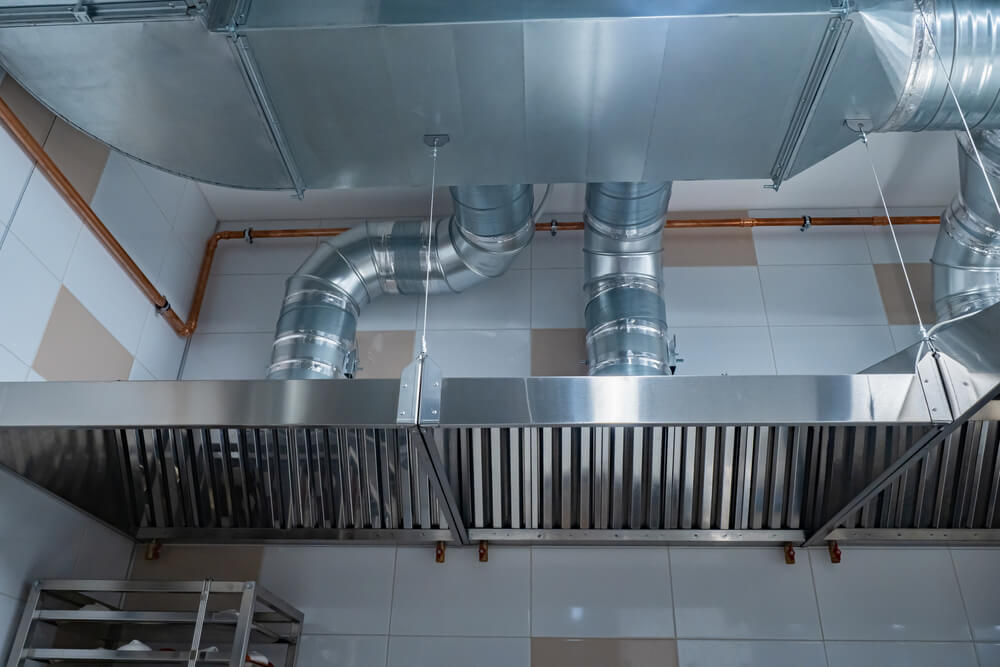


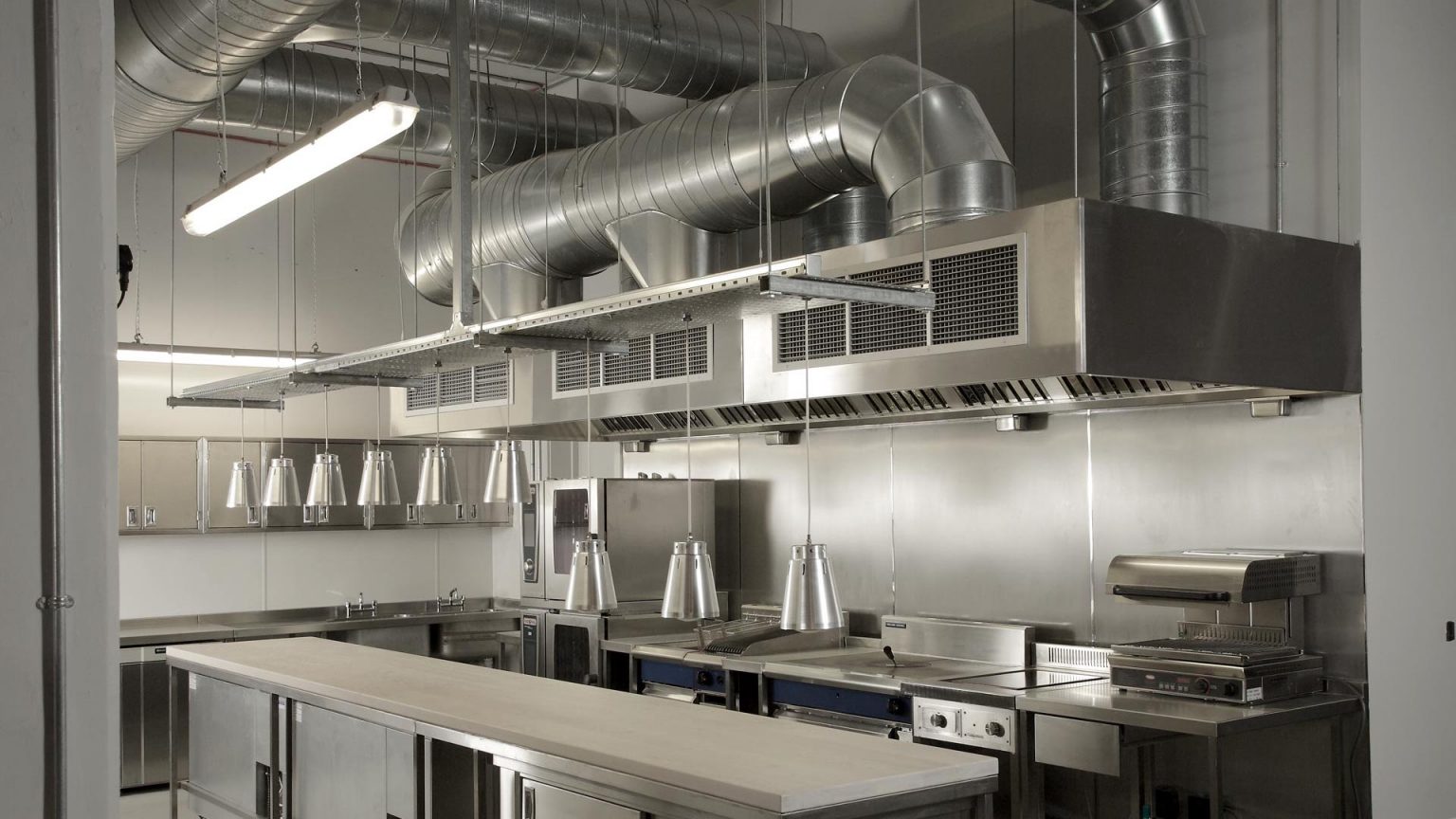
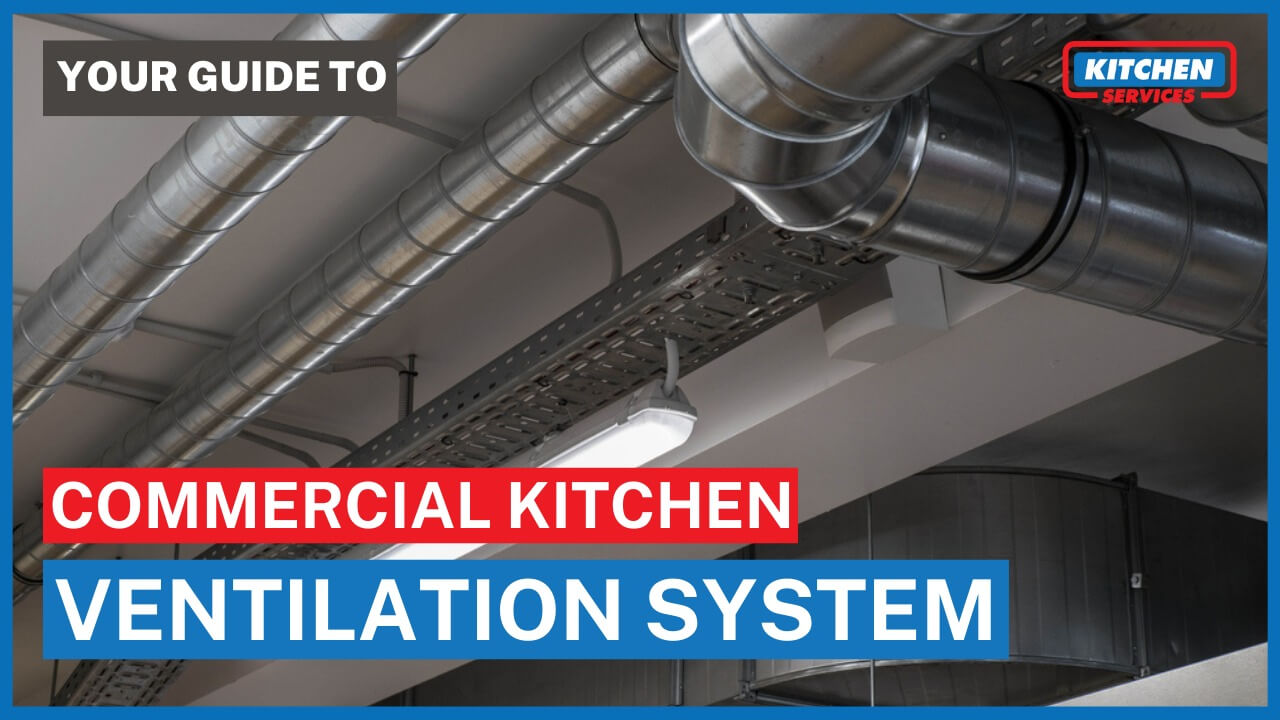



.jpg?VersionId=tapy2G9jMef6UsFEMz_7K0dbzAbaQlGj)
